
October/November 2023
On Monday 23rd October, I arrived in Madeira Island just as the sun was setting. The following morning, before sunrise, I walked from my hotel to the Funchal marina, a 5km return walk that I would walk each day. I knew several whale and dolphin boats operated from the Funchal marina but had not booked anything in advance of arriving as I wanted to find an environmentally-friendly operator.
On arrival at the marina, I saw numerous kiosks offering whale and dolphin sightings. Operators offering "swimming with dolphins" experiences were immediately ruled-out as were operators offering whale and dolphin sightings together with "big game fishing".
If coming to Madeira, I strongly recommend using Magic Dolphin as they are environmentally-friendly and also have a guaranteed sighting policy - if you don't see any cetaceans on a trip, you get another trip for just ten Euros. Magic Dolphin have three boats - Magic Dolphin Celebrity, Magic Dolphin Eco and Magic Dolphin Sea Safaris. More information about Magic Dolphin can be found here.
I initially booked a trip on Magic Dolphin Eco, a 2022 catamaran with hybrid engines which switch to quiet electric running on approaching cetaceans. Aboard Magic Dolphin Eco, the knowledgeable and friendly crew provided a very welcoming experience and importantly, on each trip, explained that whales and dolphins are wild animals and that there are rules to be followed for the welfare of these animals - maximum ten minute stay, maximum of two boats within viewing area, any additional boats to wait 400m away until their ten-minute turn, etc. The captain was always very respectful of the cetaceans carefully bringing the catamaran alongside them.
A selection of photographs from my eighteen trips out with Magic Dolphin follow.
...............................................................................
I have been fortunate to see Short-finned Pilot Whales several times previously. This species is resident around Madeira and the nearby Canary Islands. Short-finned Pilot Whales are oceanic dolphins.
Short-finned Pilot Whales (Globicephala Macrorhynchus)
Family: Delphinidae
Sightings during holiday: 14
More information: wikipedia
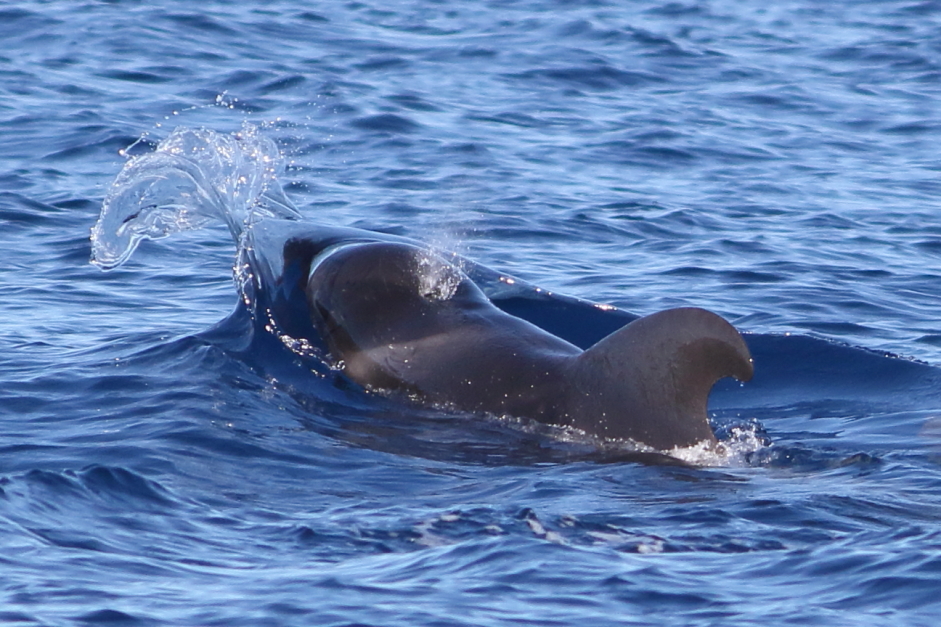
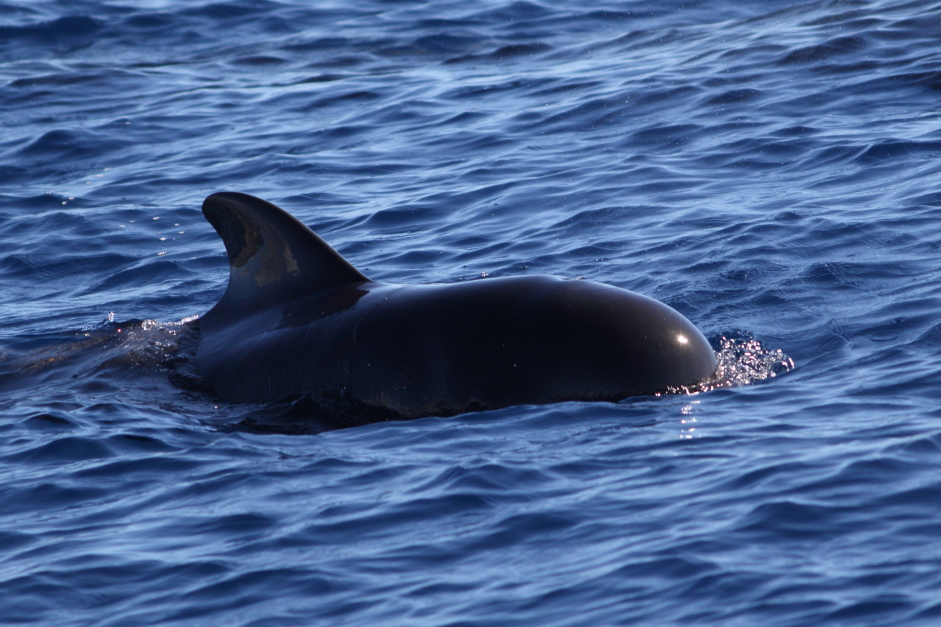
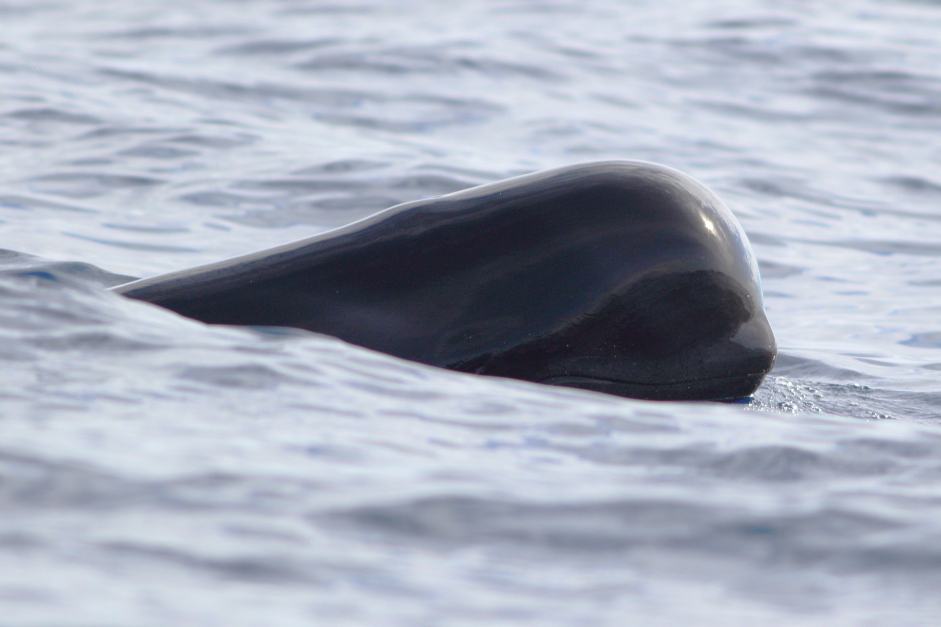
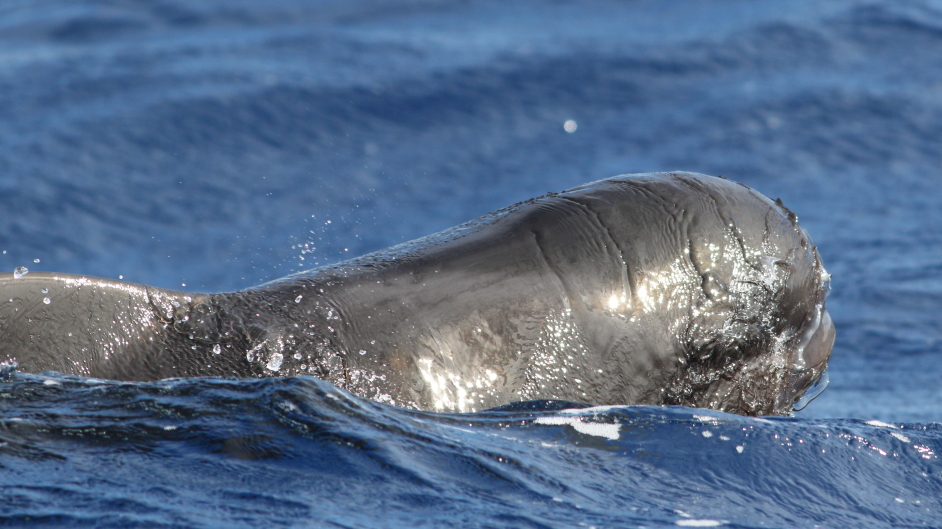

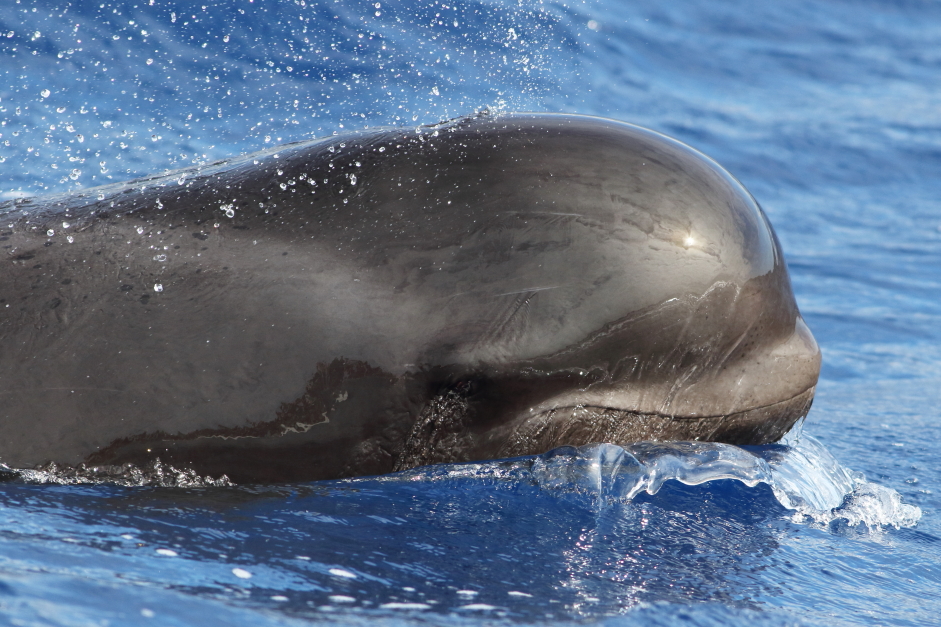
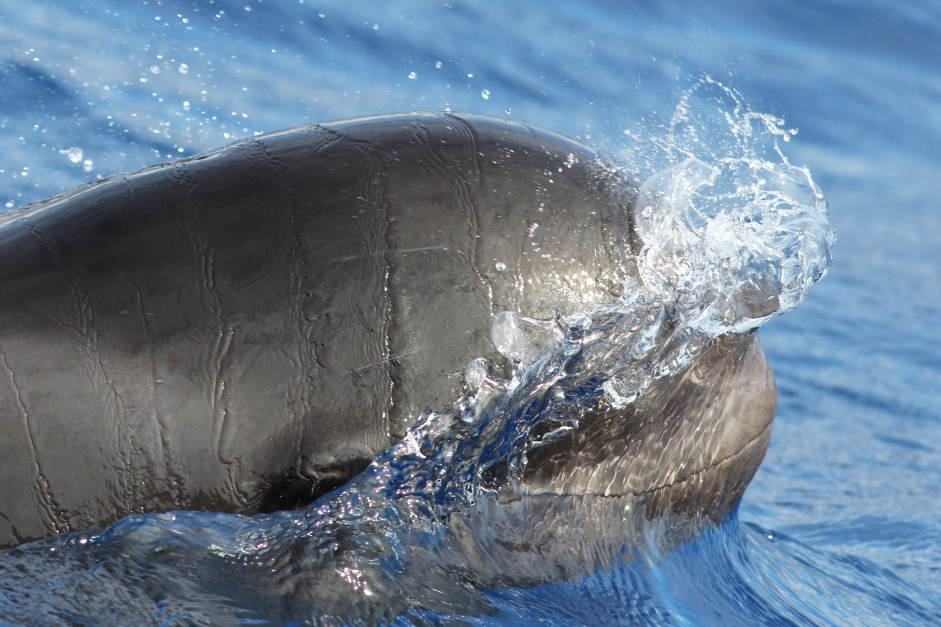
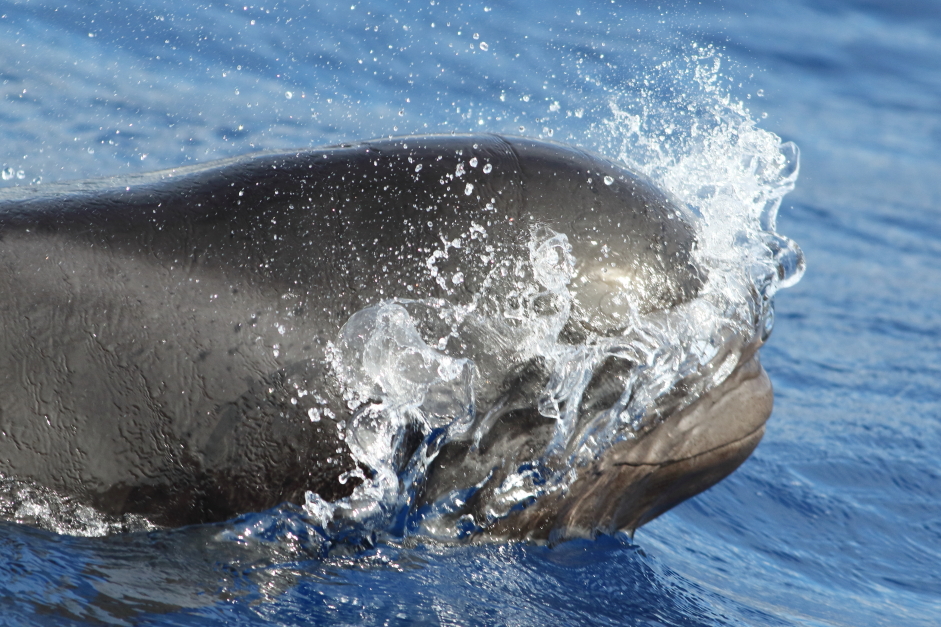
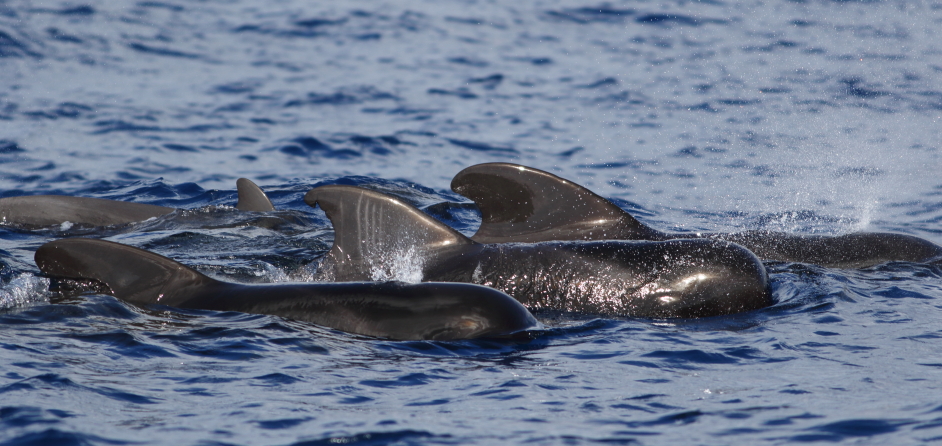
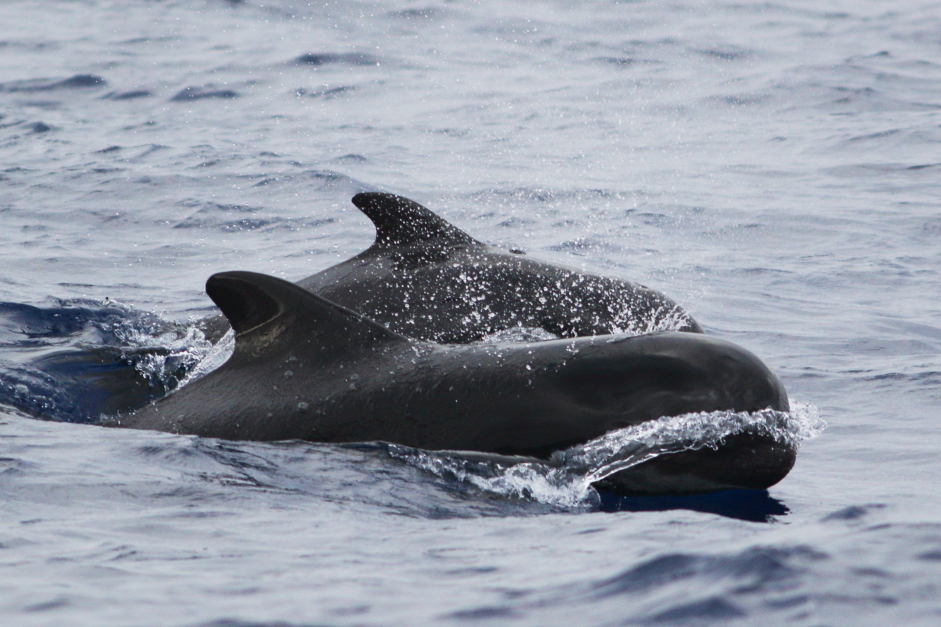
The second resident species, which can be seen around Madeira Island, is Bottlenose Dolphins. I don't know how many times I have seen Bottlenose Dolphins previously, certainly hundreds of times, as these can be seen most days near home in the Moray Firth, Scotland. Back home we have Northern Bottlenose Dolphins which can grow up to 4.5m unlike the Bottlenose Dolphins in Maderia Island which are a bit smaller. Despite seeing Bottlenose Dolphins on six occasions during the holiday, I did not take many photographs as I already have literally thousands of photos of Bottlenose Dolphins.
Bottlenose Dolphins (Tursiops Truncatus)
Family: Delphinidae
Sightings during holiday: 6
More information: wikipedia
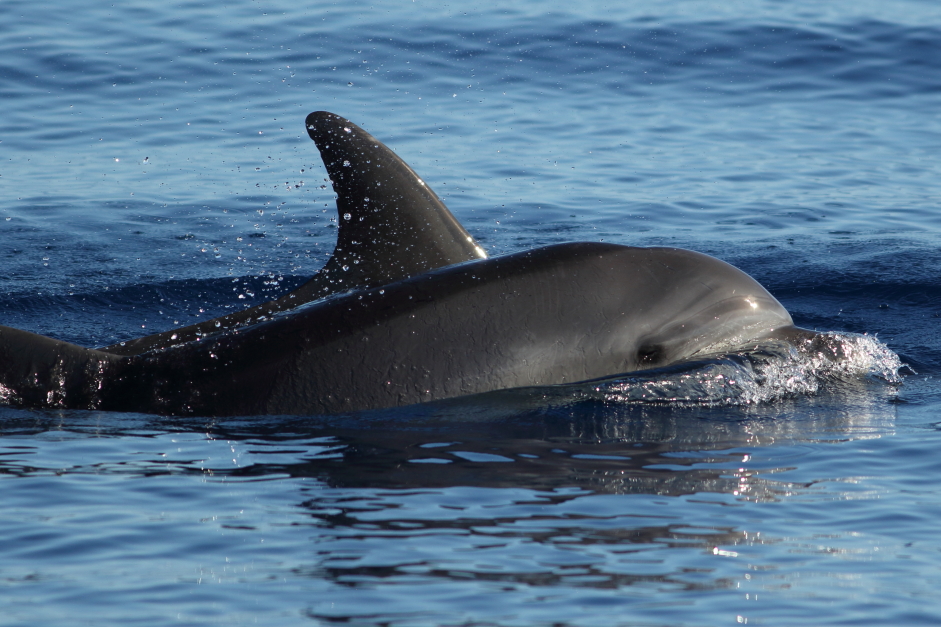
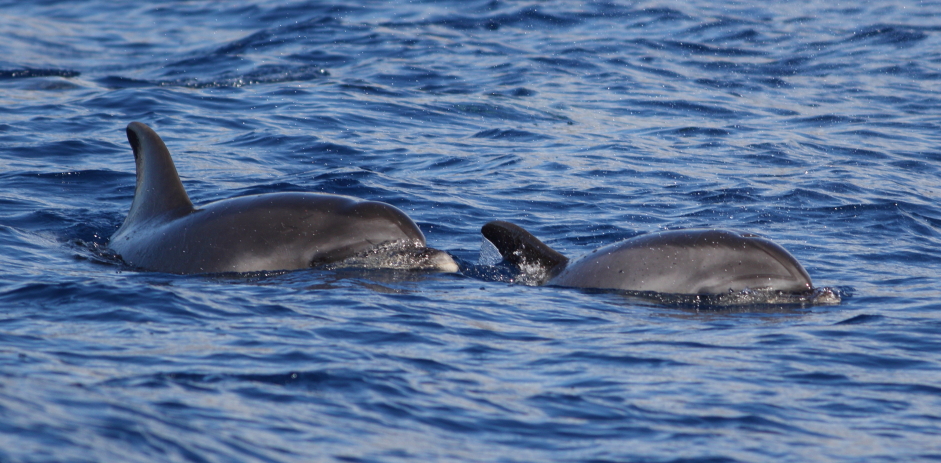

The first cetacean species seen on my first trip was Blainville's Beaked Whales. I had not even heard of this species so it was exciting to see a new species right from the outset. During the holiday, I saw Blainville's Beaked Whales on two occasions; the first sighting was a small group of males and the second sighting a small group of females. They are easily distinguished as the males have tusks.
Blainville's Beaked Whales (Mesoplodon Densirostris)
Family: Ziphiidae
Sightings during holiday: 2
More information: wikipedia
Male Blainville's Beaked Whale:
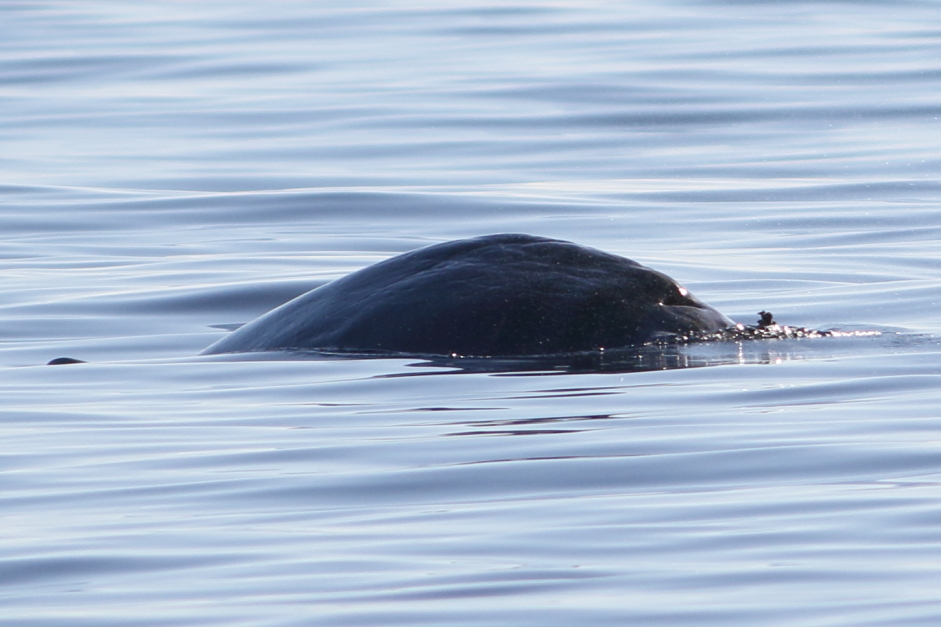
The next photo shows the tusks with some barnacles on them.
Male Blainville's Beaked Whale:
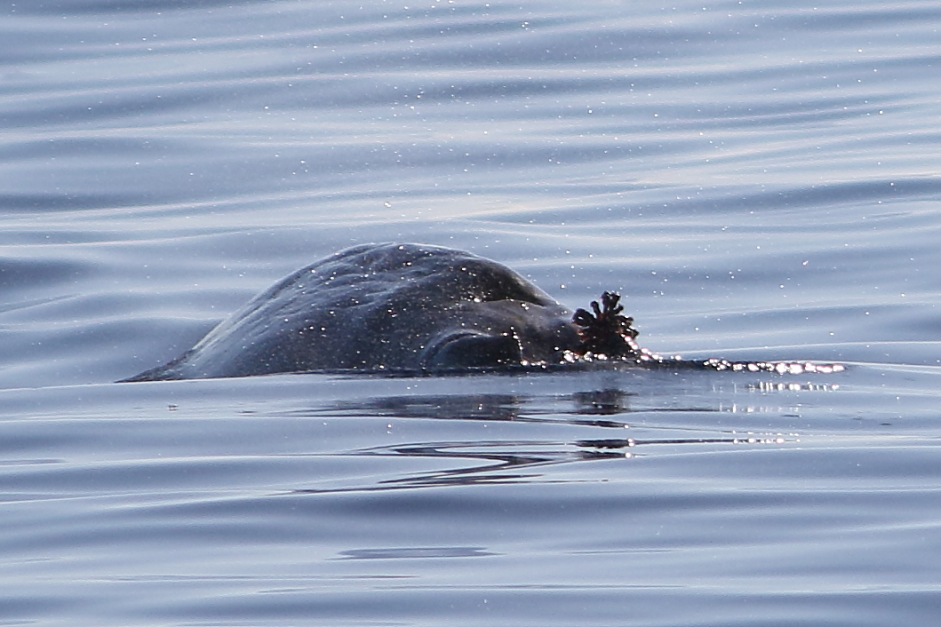
Male Blainville's Beaked Whale:
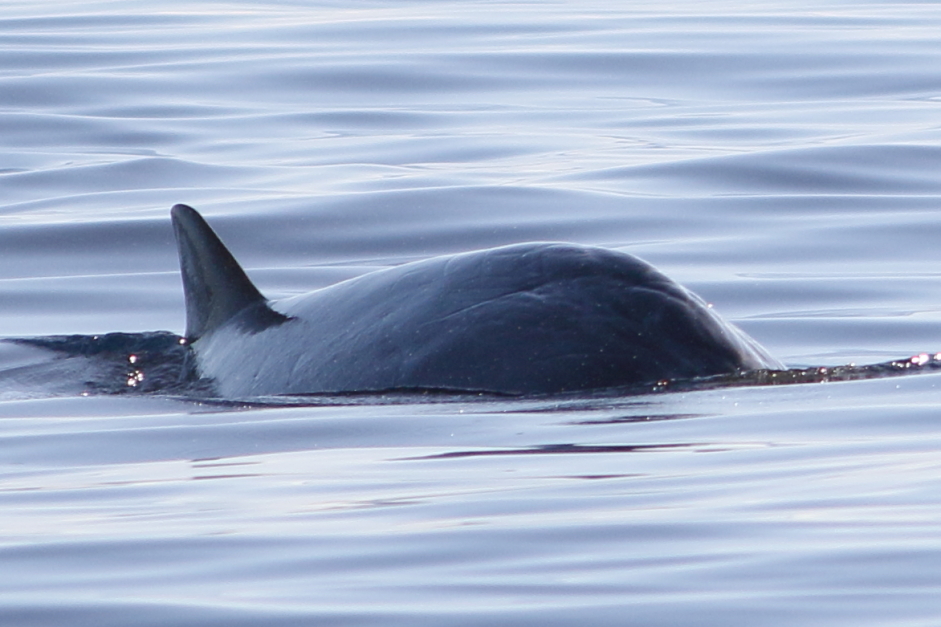
My second sighting was a much closer encounter.
Female Blainville's Beaked Whale:
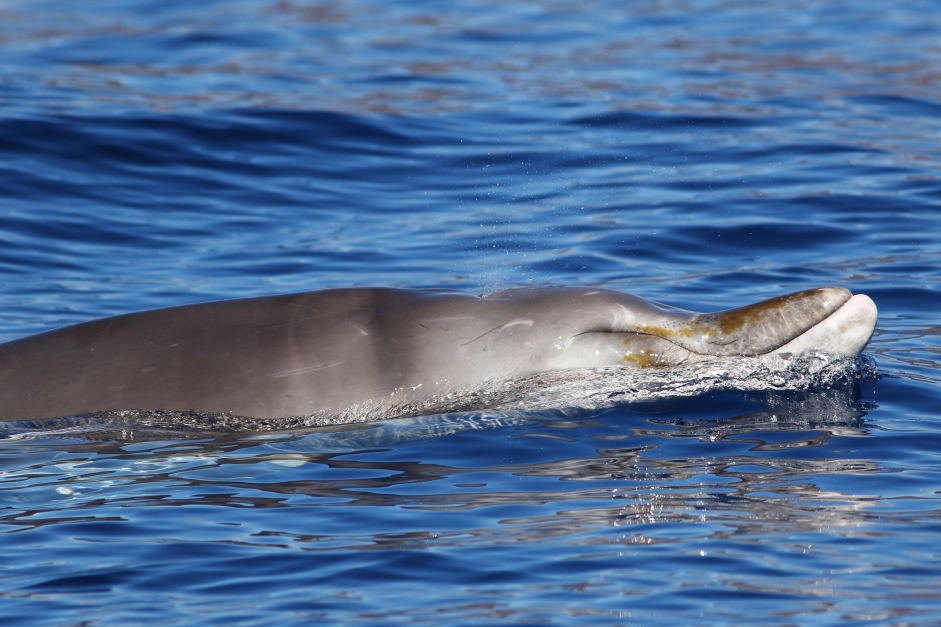
Female Blainville's Beaked Whale:
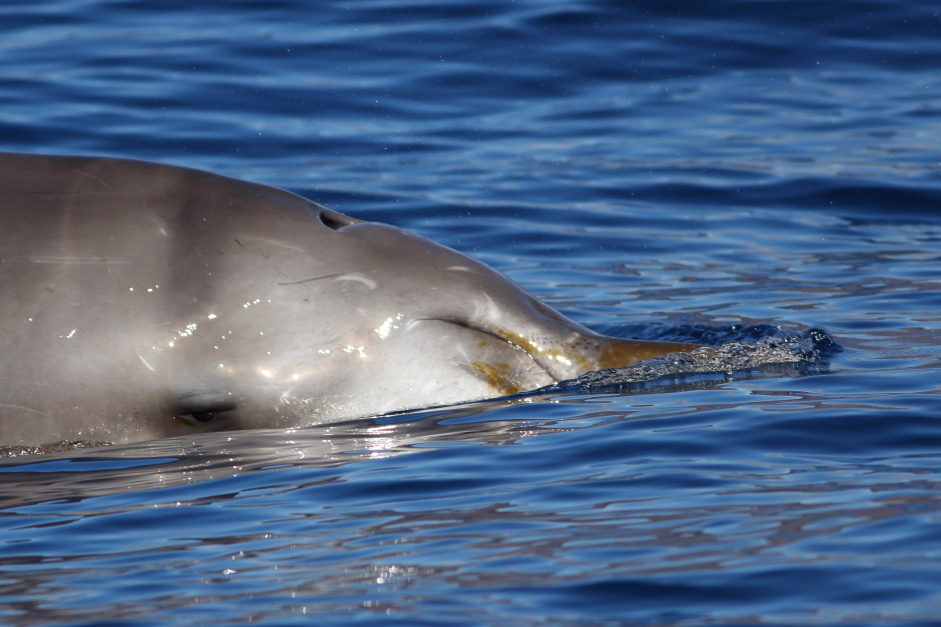
Female Blainville's Beaked Whale:

Female Blainville's Beaked Whale:
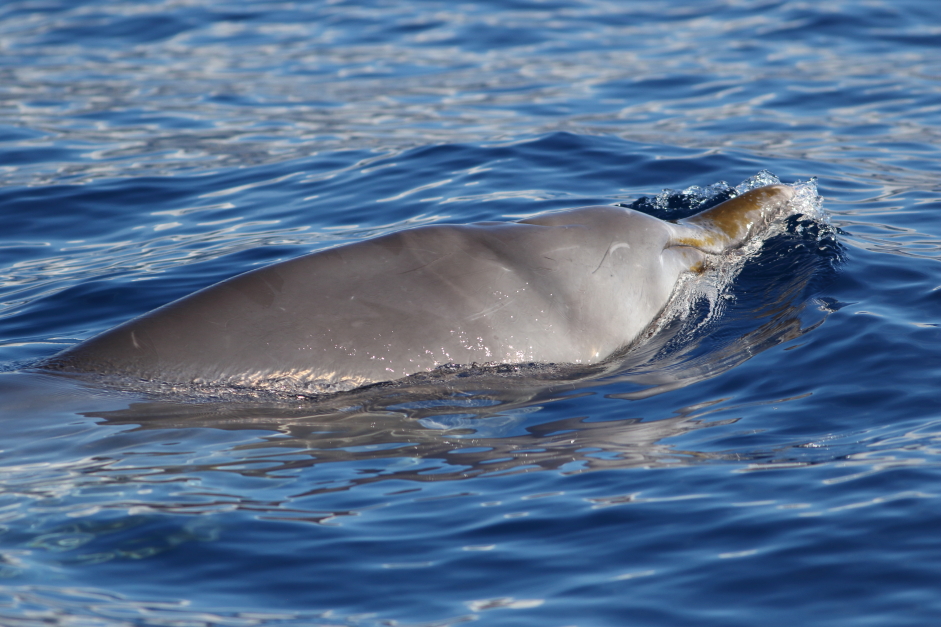
The next new species I encountered was a baleen whale. During this sighting, I thought we were watching a single Bryde's Whale however on checking my photos back at the hotel I could see there were two different dorsal fins, one with barnacles and one without.
Bryde's Whales (Balaenoptera Brydei)
Family: Balaenopteridae
Sightings during holiday: 1
More information: wikipedia

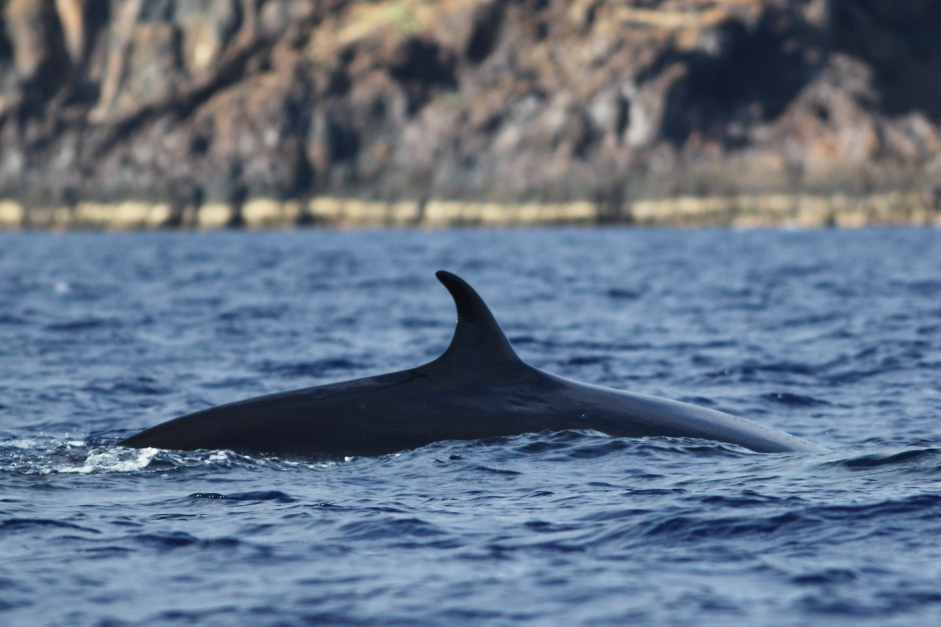
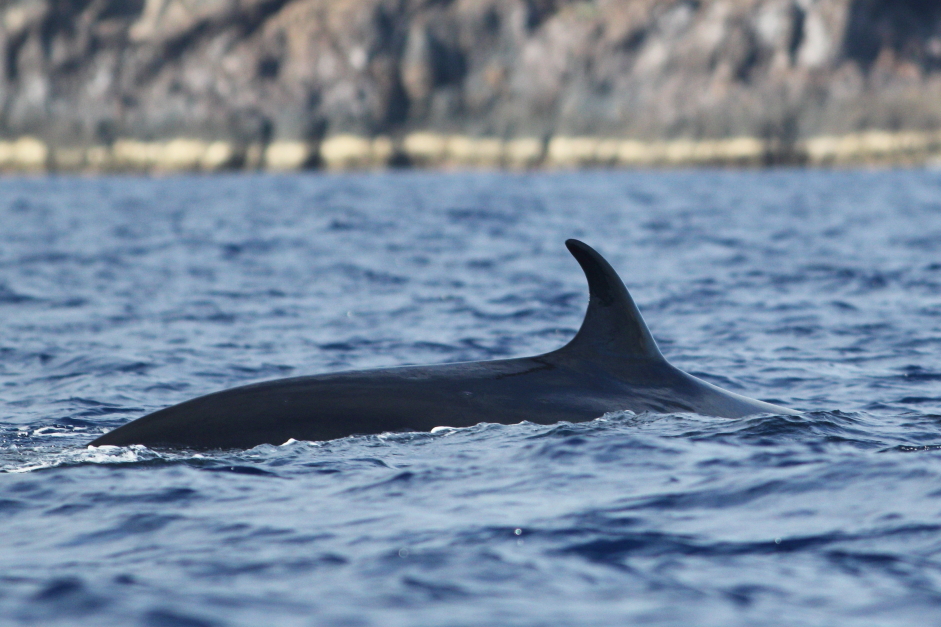
A second Bryde's Whale (note the two barnacles near the tip of the dorsal fin):
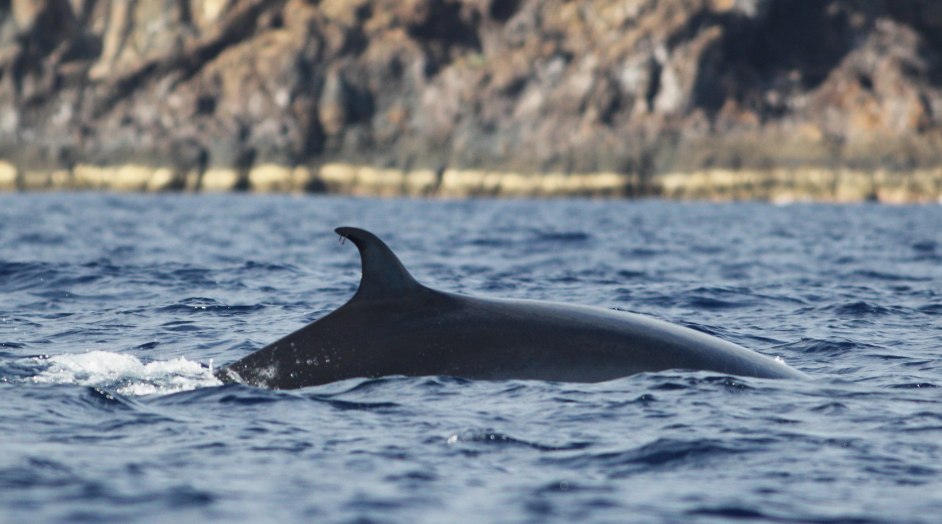
During the holiday, my first sighting of a Sperm Whale was from 2km distant. I was out on the Magic Dolphin Sea Safaris RIB when we saw the Sperm Whale breach twice but it subsequently went for a deep dive and was not seen again.
Sperm Whales are the largest toothed animal on the planet. Growing to 16m, and weighing 45 tonnes, these titans can dive to a depth of 2250m and stay under water for up to 2hrs. They can live to 70+ years of age and have the largest brain of all animals. The whale featured in Herman Melville's Moby Dick is a Sperm Whale.
Personally, I don't like the name Sperm Whale. The name comes from the colour of the oil (spermaceti) obtained from these beautiful creatures which were a prime target of whaling. Instead, I much prefer the name Cachalot. Sperm Whales are still considered vulnerable thanks to whaling. If you want to see whales and dolphins, please avoid Norway, Iceland, the Faroe Islands and Japan. In fact, please just avoid these countries completely unless they are willing to take action to stop whaling. Whaling must end worldwide.
Seeing Sperm Whales show their backs and then their flukes (tails) as they go for a deep dive is an incredible experience.
During the holiday, I had hoped to see Sperm Whales but I really did not expect to see them six times.
Here follows a small selection of the >500 photos taken of Sperm Whales.
Sperm Whales [Cachalot] (Physeter Macrocephalus)
Family: Physeteridae
Sightings during holiday: 6
More information: wikipedia
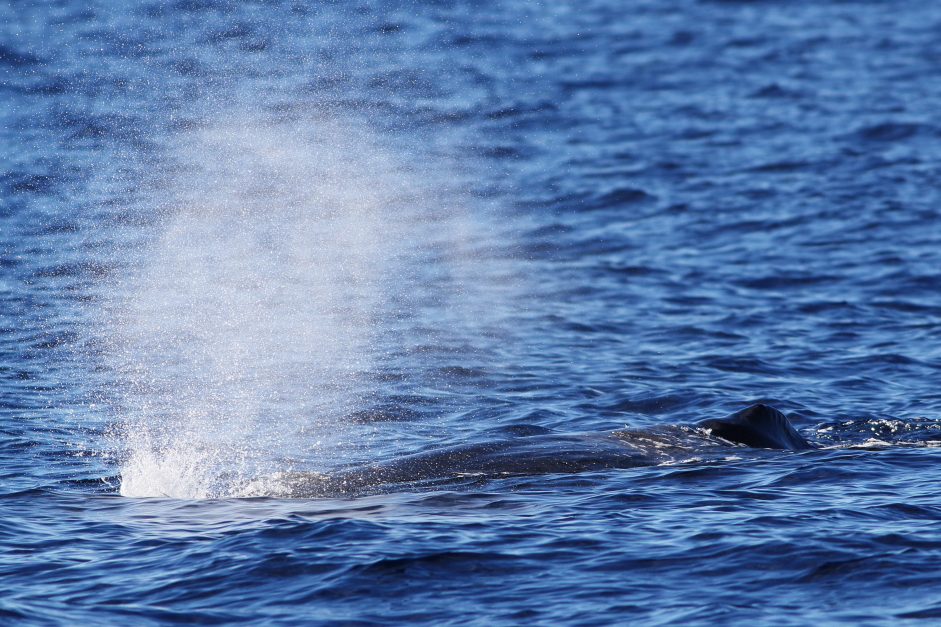
45 degree forward-facing blow:
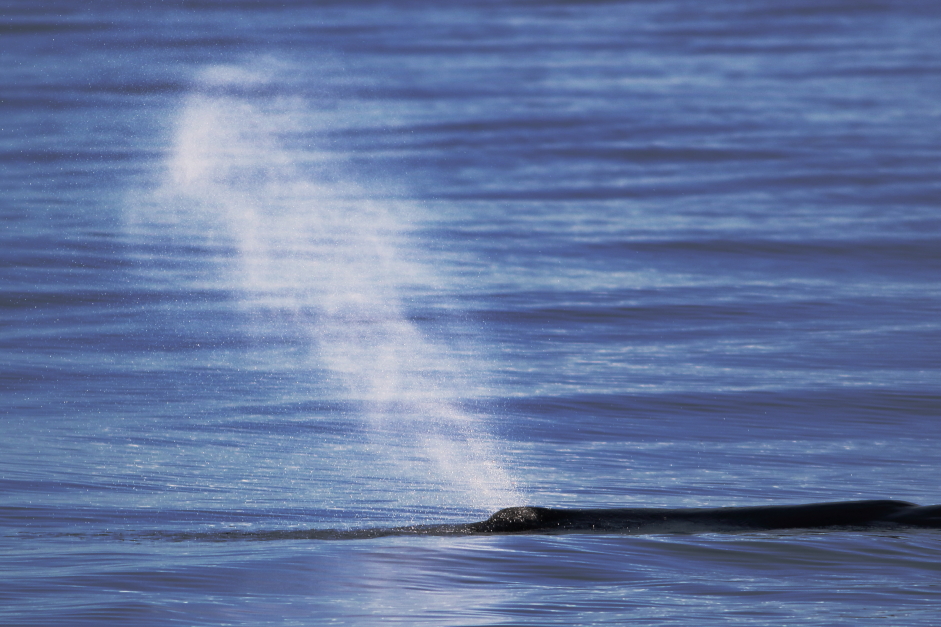
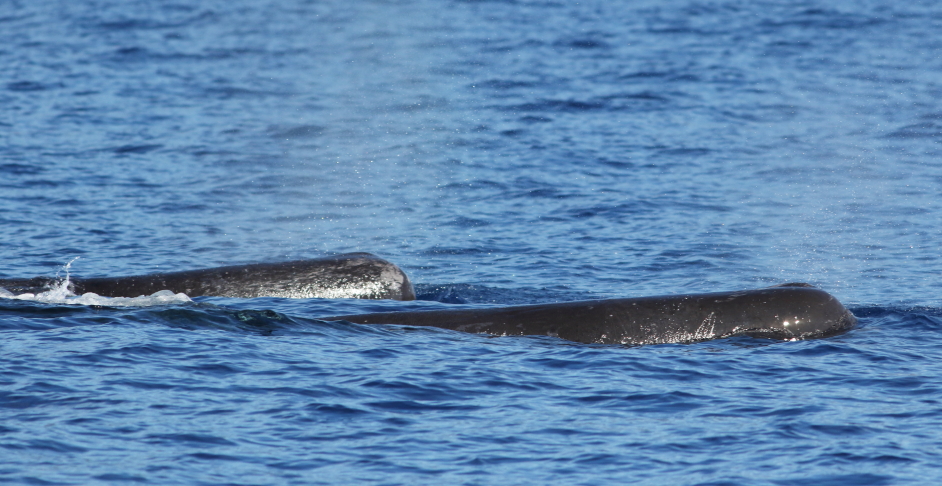
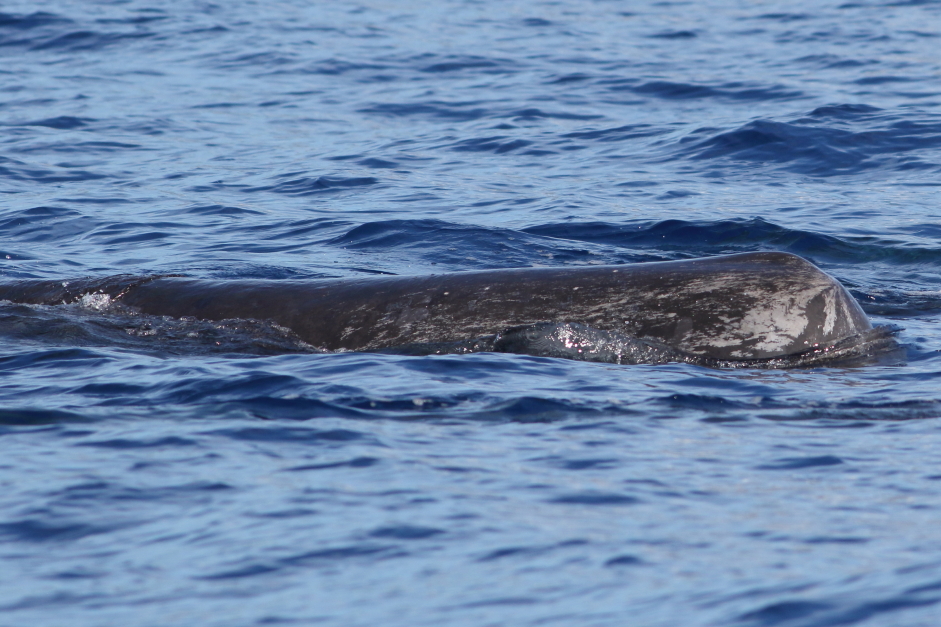
Three Sperm Whales:
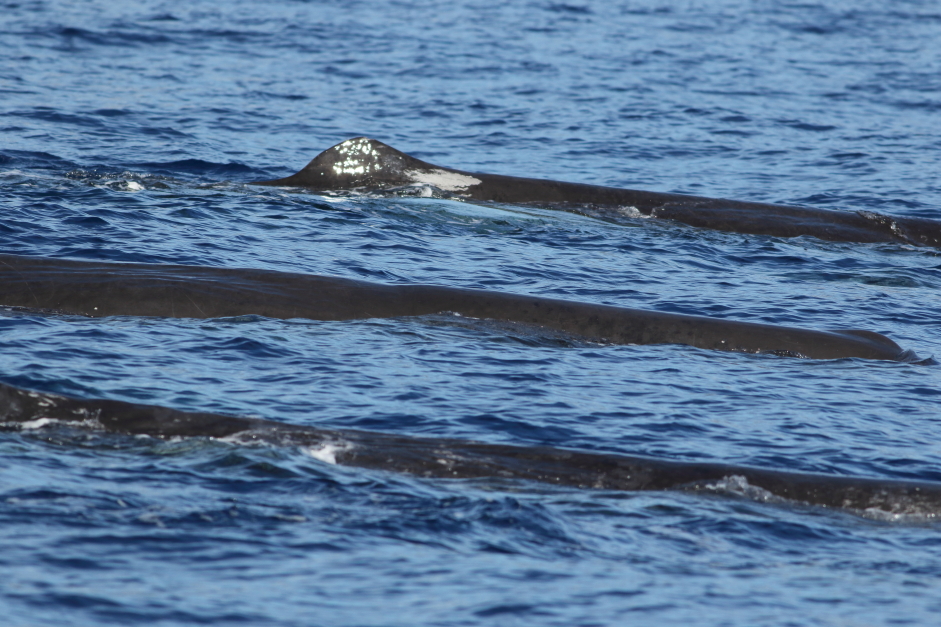
Four Sperm Whales:
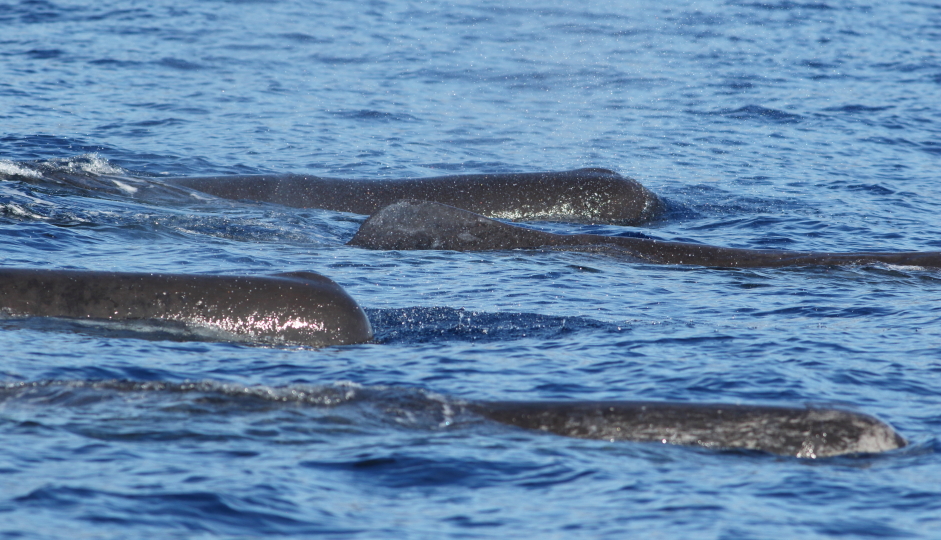
Mother and baby Sperm Whales blowing simultaneously:

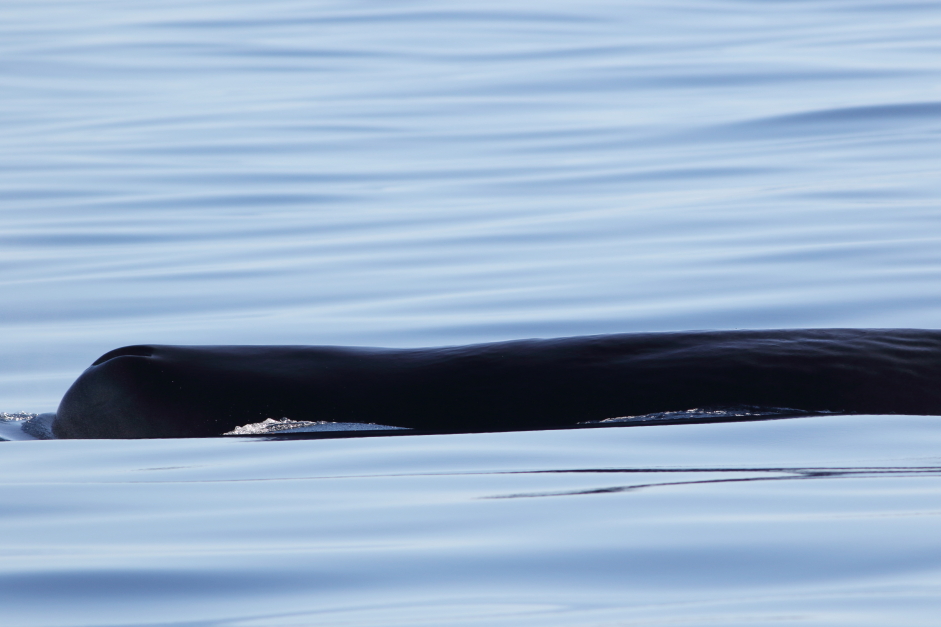
Half a fluke:
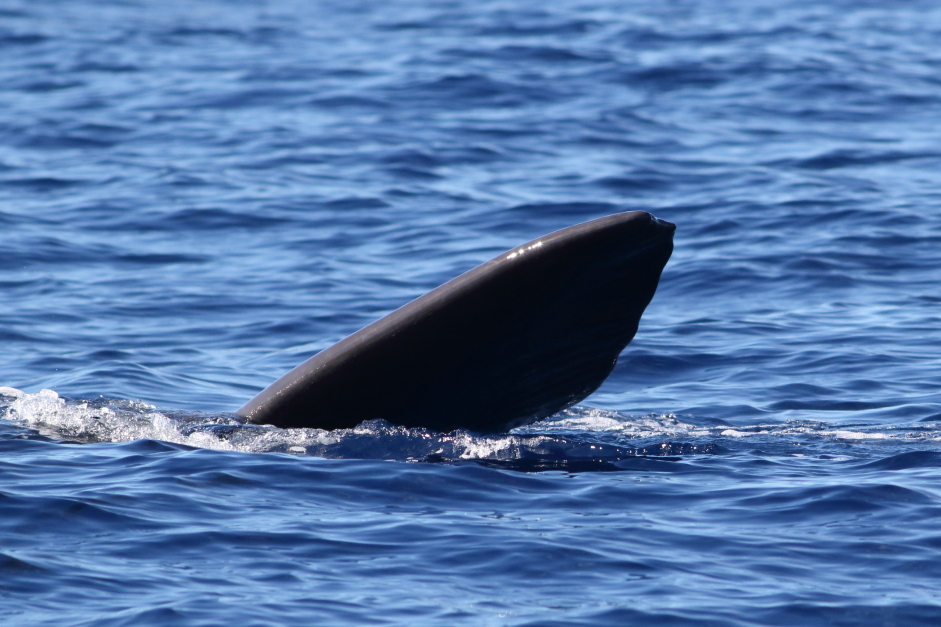
Showing its back before deep dive:

Going for a deep dive. Wow:


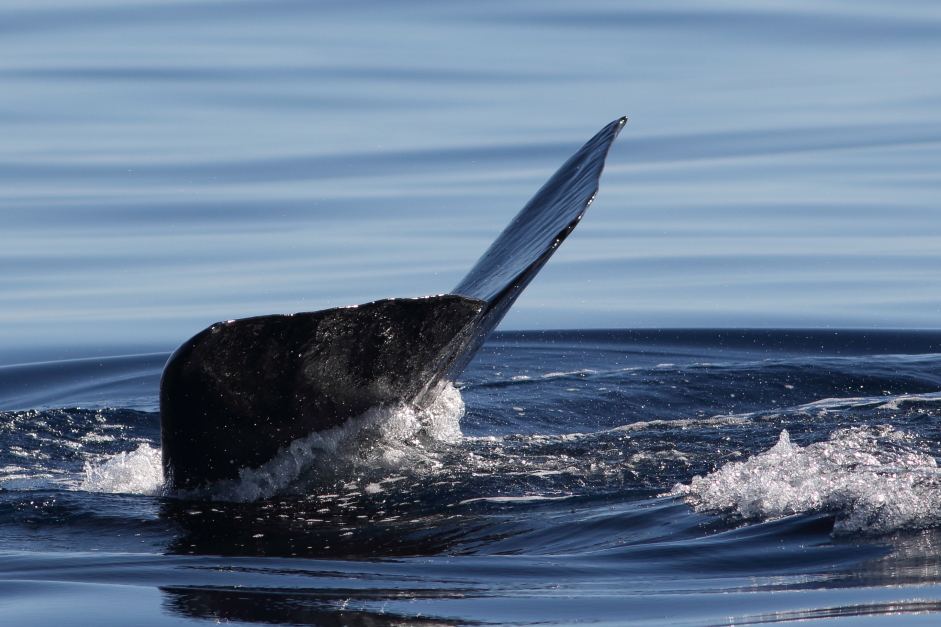
Another showing its back before deep dive:
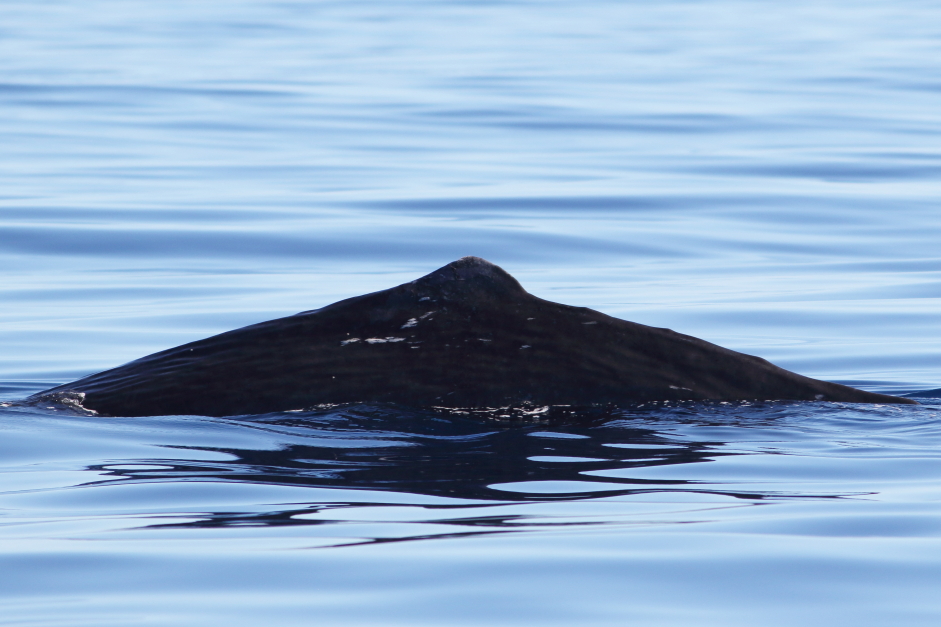
Wow again

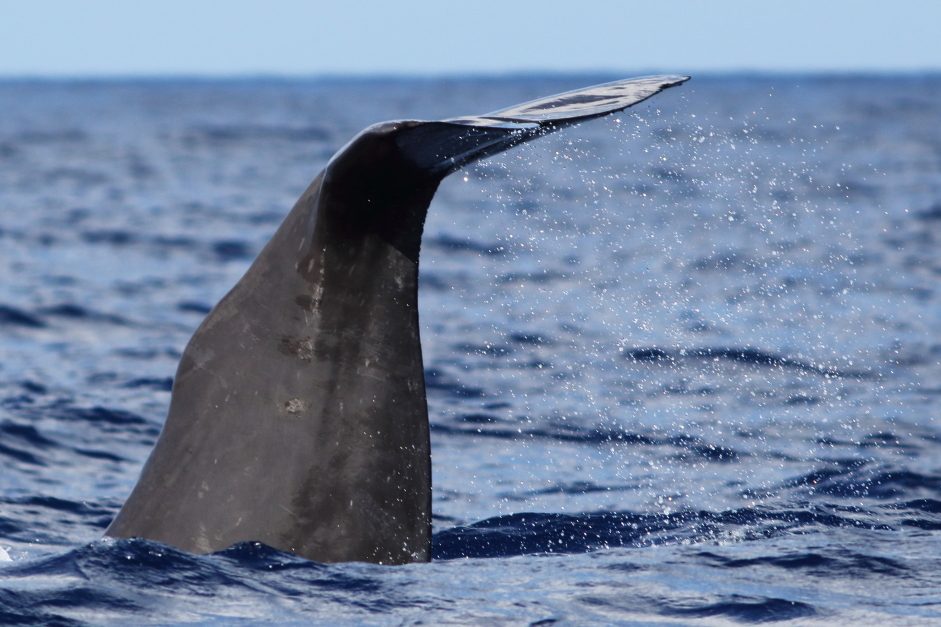
Two Sperm Whales, a head and tip of lower jaw of another:
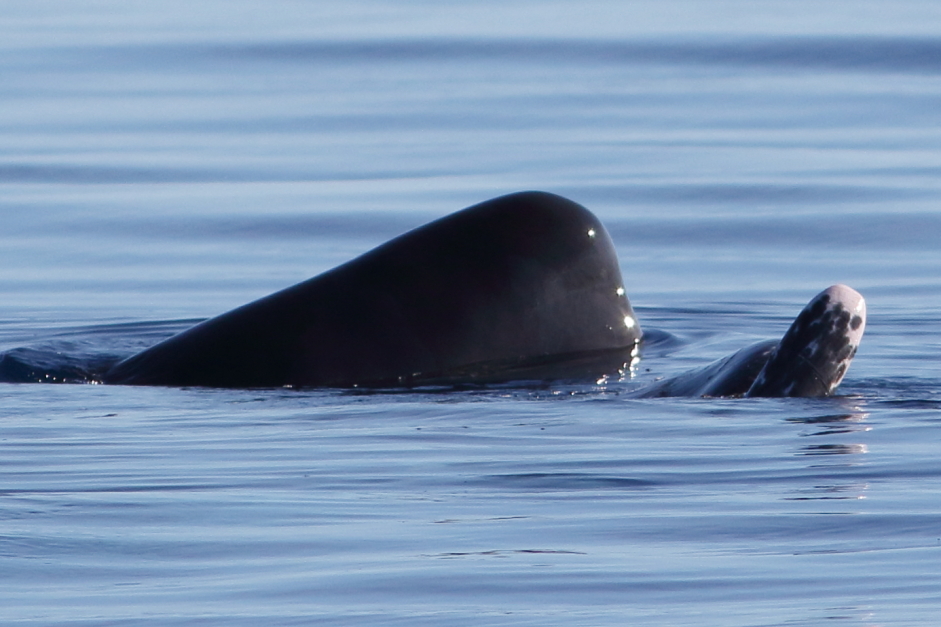
Sperm Whale head:
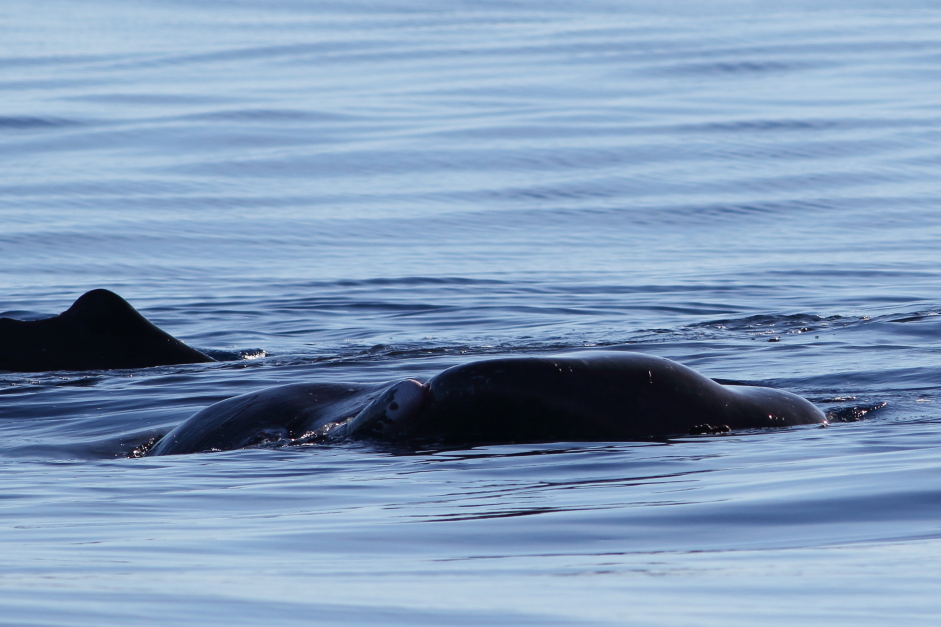
Two Sperm Whales, one showing its head and the other its back:
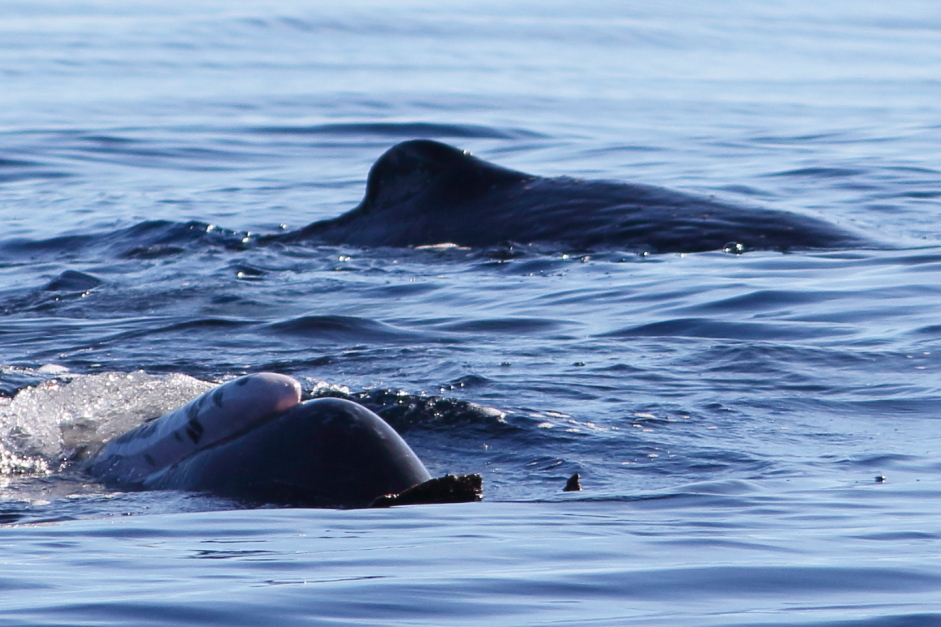
Sperm Whale head:
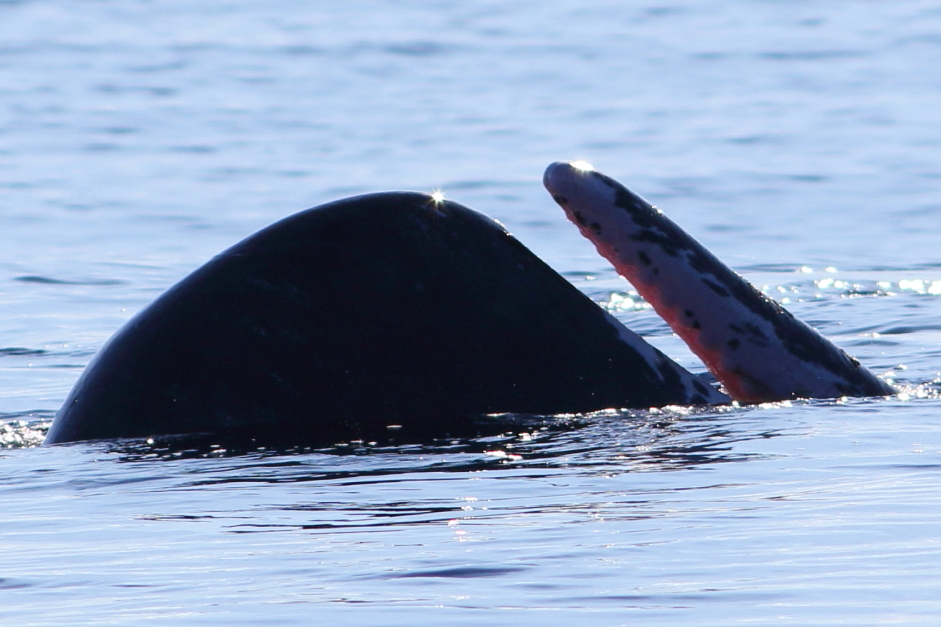
Spy-hopping Sperm Whales:
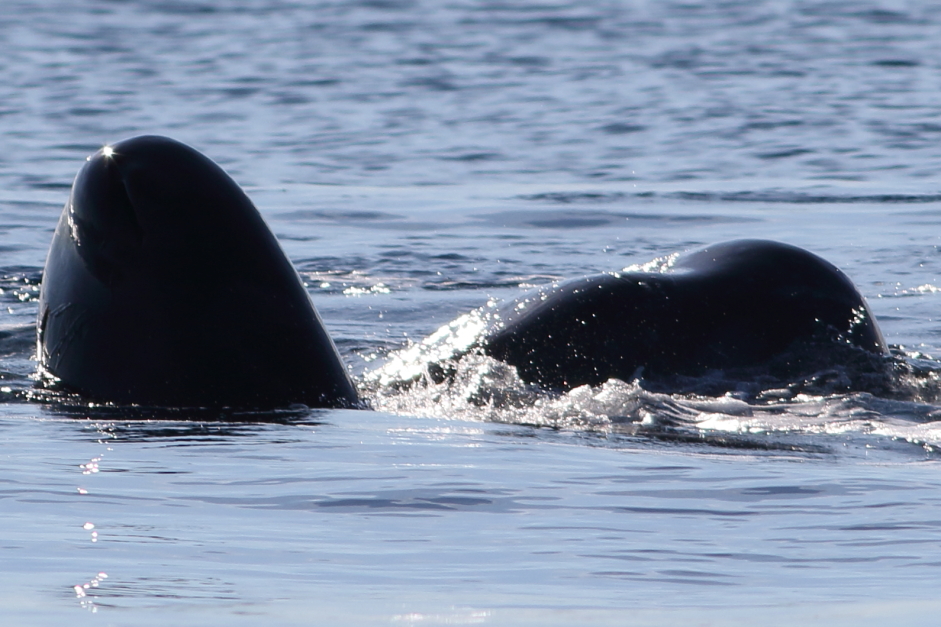
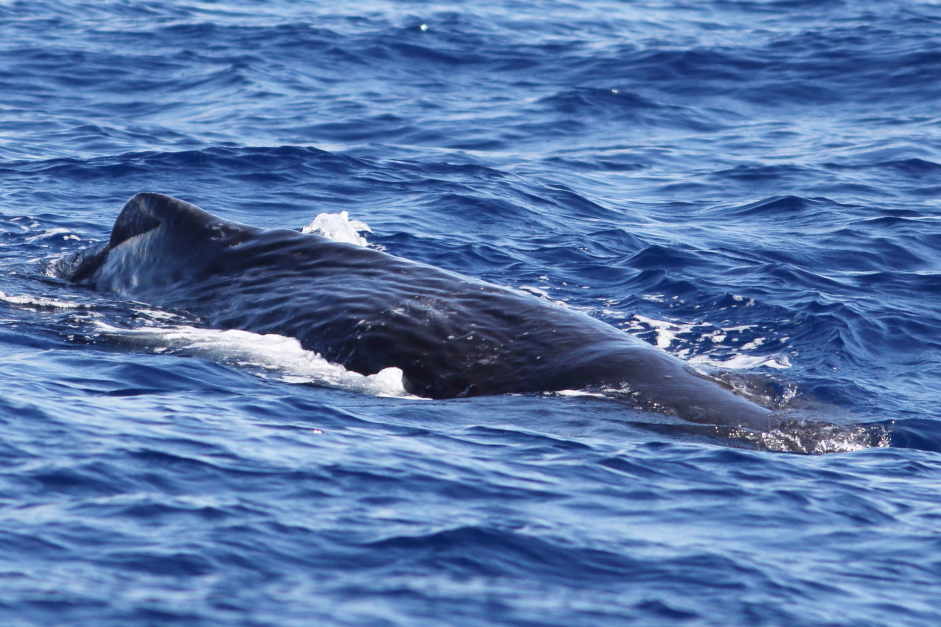
Mother and baby Sperm Whales:
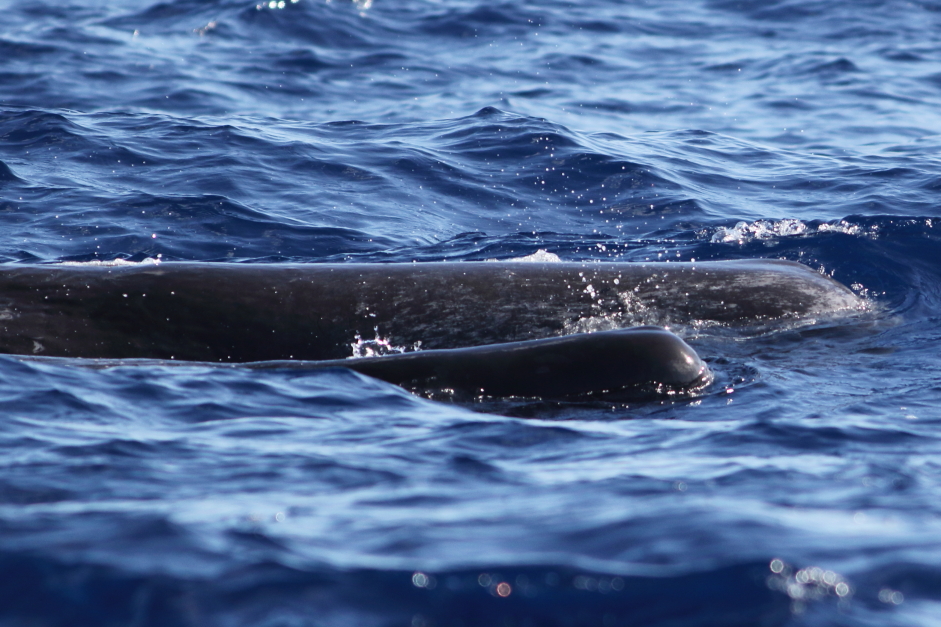
The next species of cetacean seen was initially thought to be a Bryde's Whale. However this cetacean was HUGE in comparison. The Fin Whale is the second largest animal on the planet, growing to a length of up to 27m. Only the Blue Whale is larger.
I have been fortunate to see Fin Whales several times previously off Tiumpan Head, Lewis and also once off my local coast at Portknockie.
Fin Whales have powerful tall blows and grey chevron markings on their sides. Their dorsal fins are fairly straight and swept back rather than sickle-shaped/curved.
Fin Whale (Balaenoptera Physalus)
Family: Balaenopteridae
Sightings during holiday: 1
More information: wikipedia
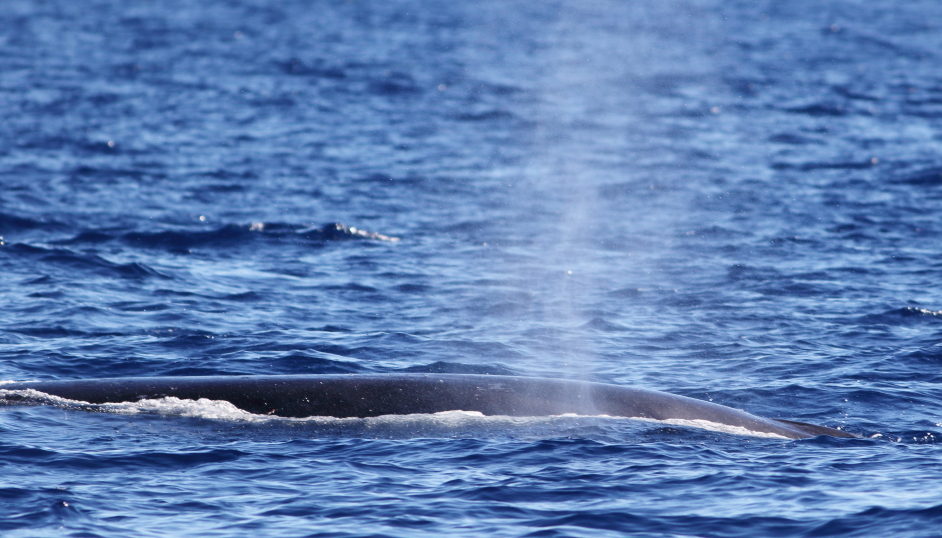
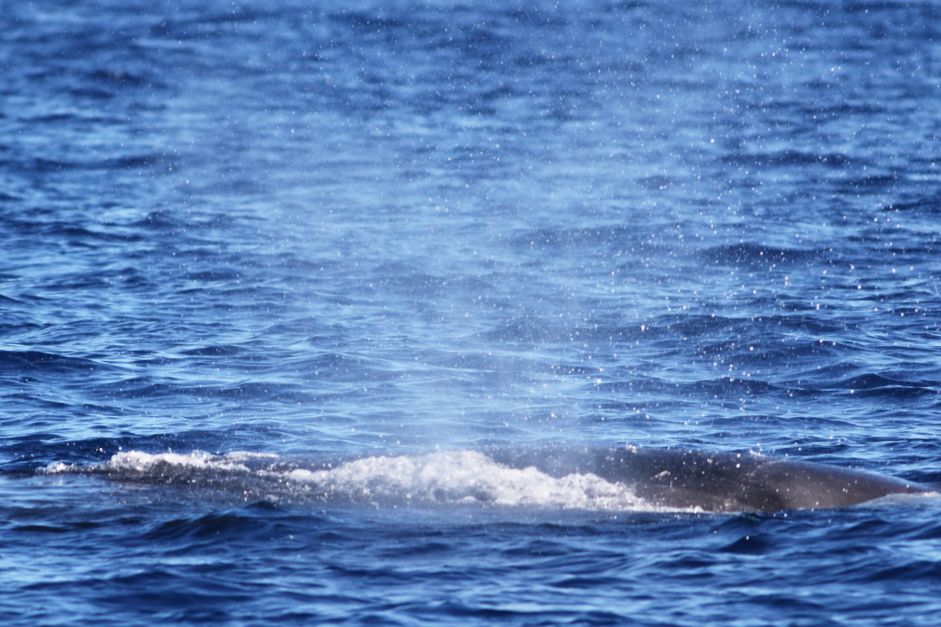
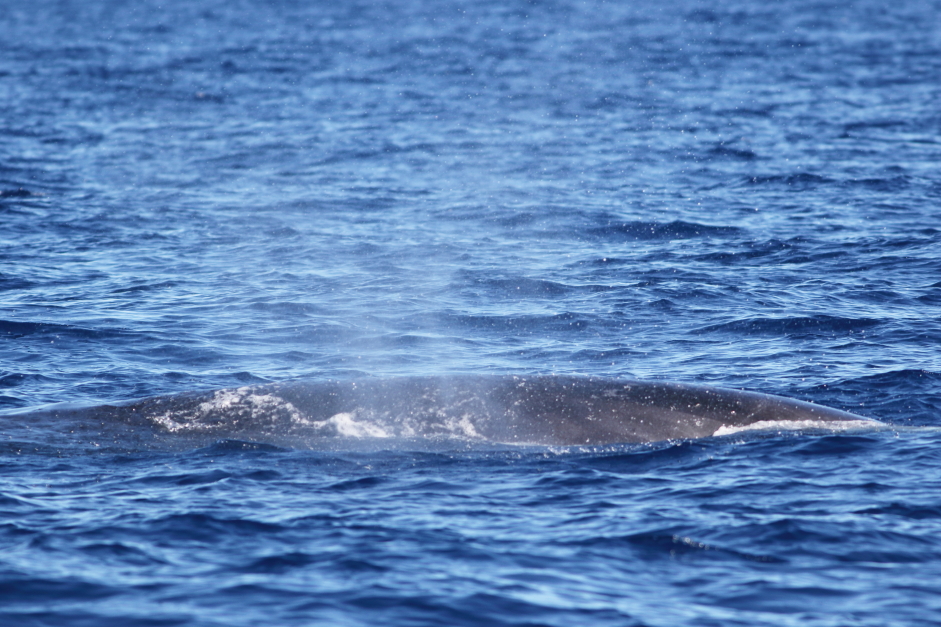

The Fin Whale approached the boat so close it was nearly impossible to take photos using my 400m lens.
Fin Whale dorsal fin (not cropped):
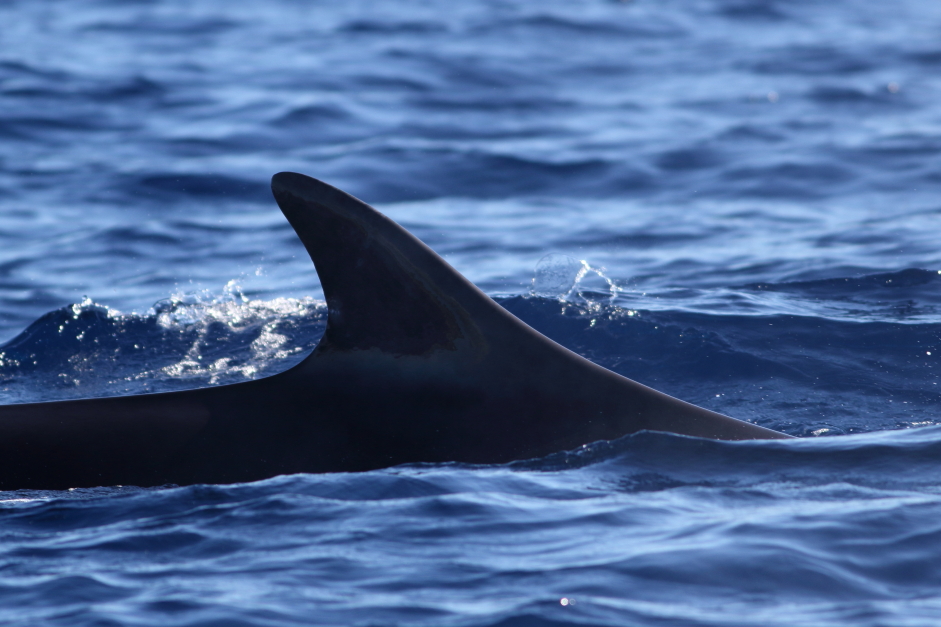
The seventh species that I was extremely fortunate to see was by far the rarest sighting.
Fraser's Dolphins are oceanic dolphins seen very infrequently in the North Atlantic but frequently in the Pacific. To give an idea of how rare this sighting was, in sixteen years of operating whale and dolphin trips (c.5000 trips) this was the crew's first sighting of this species!
The passionate crew were very excited to see this species for the first time.
Fraser's Dolphins (Lagenodelphis Hosei)
Family: Delphinidae
Sightings during holiday: 1
More information: wikipedia
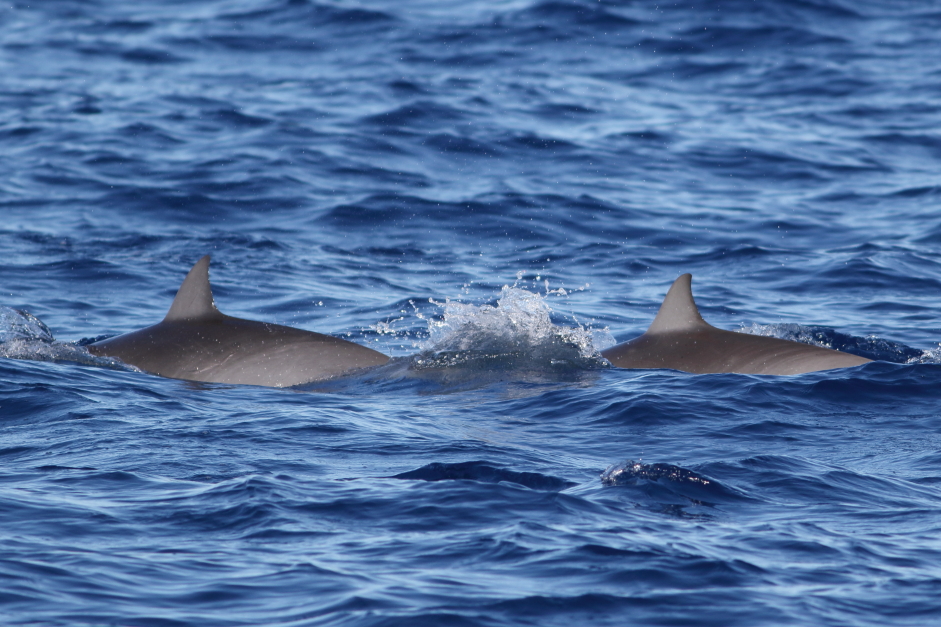
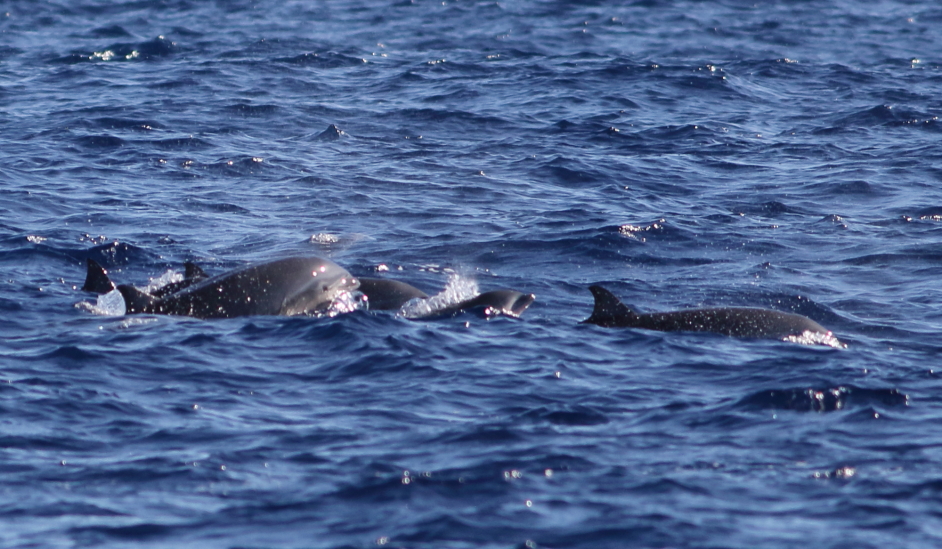

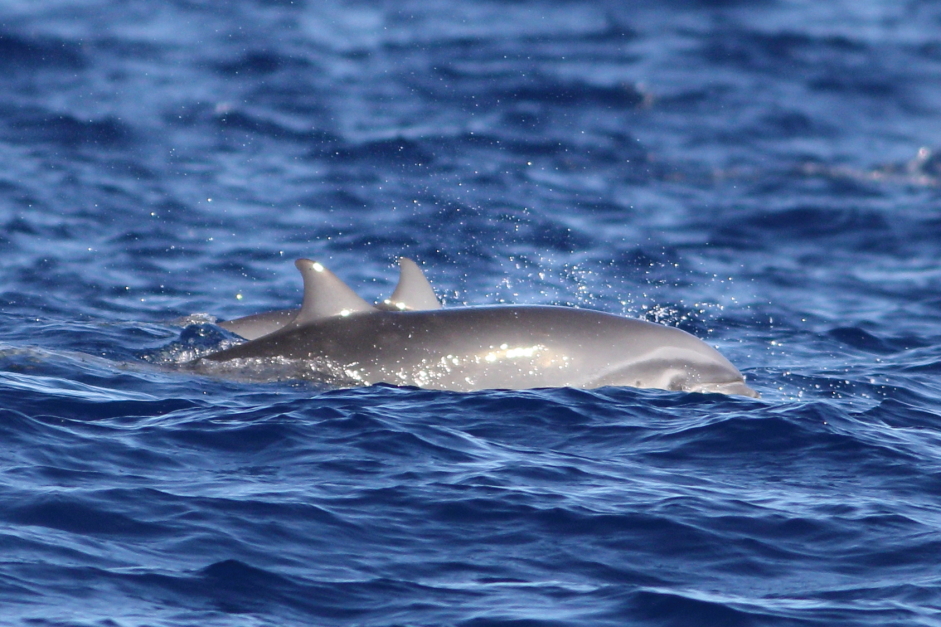
... and finally, on my last full day in Madeira Island I had the privilege of seeing a large pod of False Killer Whales!
I have seen Killer Whales (Orca) on more than 20 occasions in Scotland, I had not however previously seen False Killer Whales (False Orca). These were incredible to watch as they behave similarly to Orca; a powerful species working together to tackle their prey.
The False Killer Whales were initially powering through the water at considerable speed but on encountering a large ball of mackerel stopped right in front of us to feed. After watching the pod for ten minutes, we left them to continue feeding on the mackerel but around twenty minutes later we saw them again as they had either followed us, or coincidentally travelled in the same direction as us, catching-up with the catamaran!
False Killer Whales (Pseudorca Crassidens)
Family: Delphinidae
Sightings during holiday: 1
More information: wikipedia


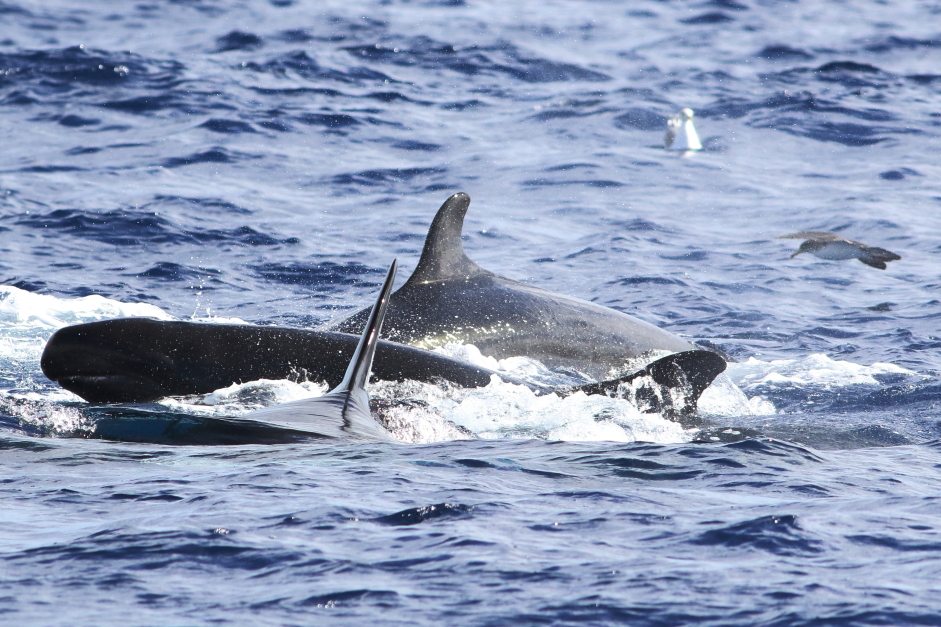
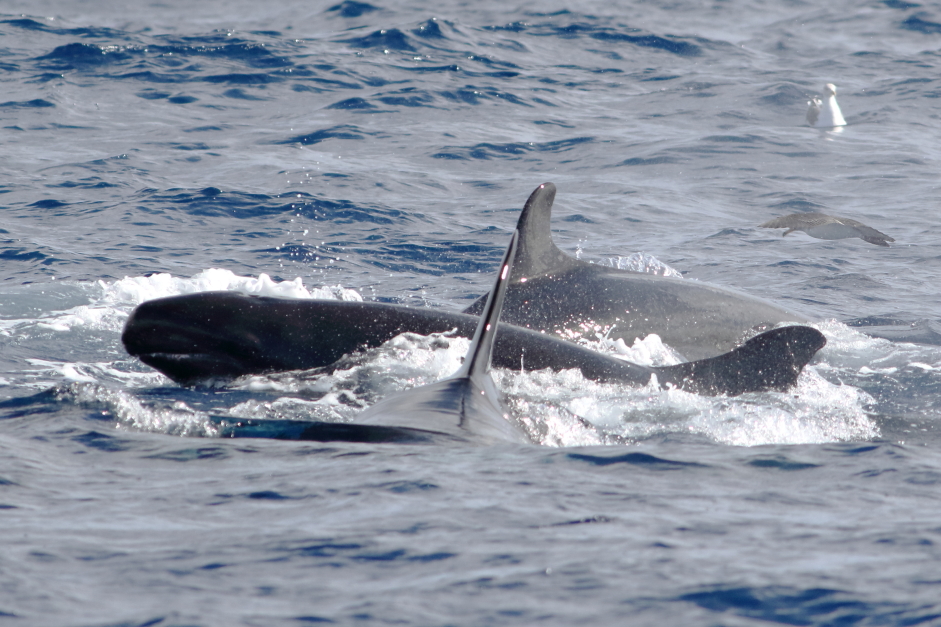
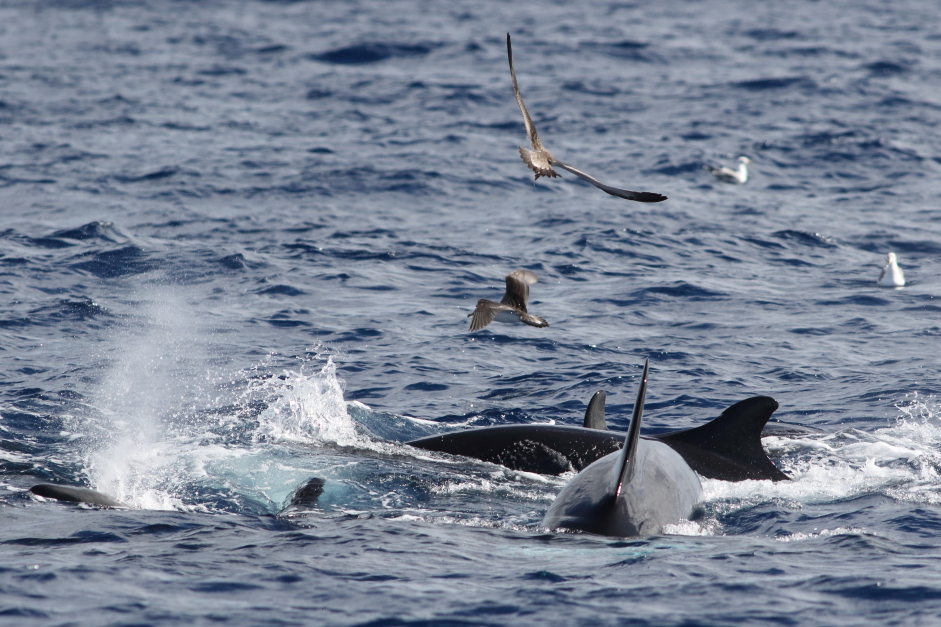
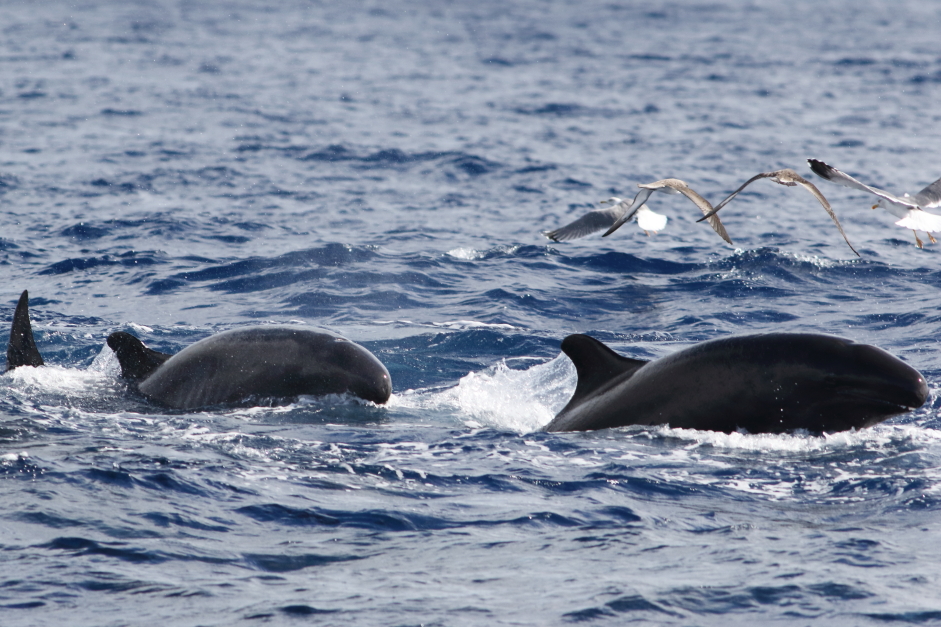
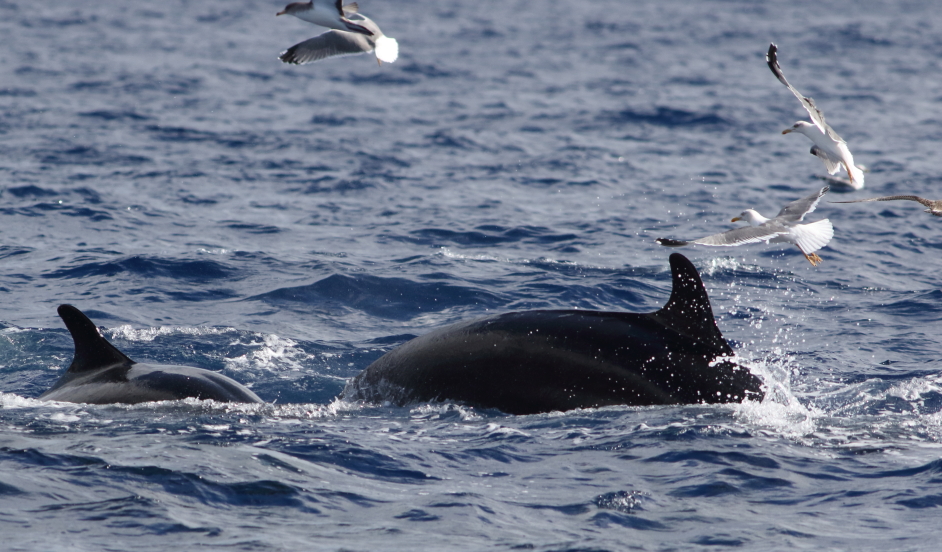
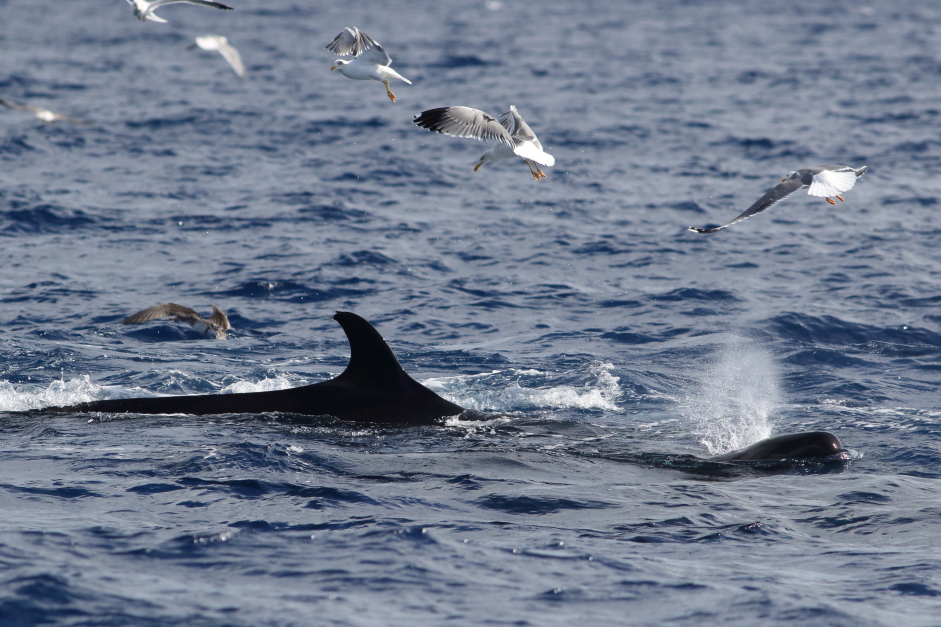
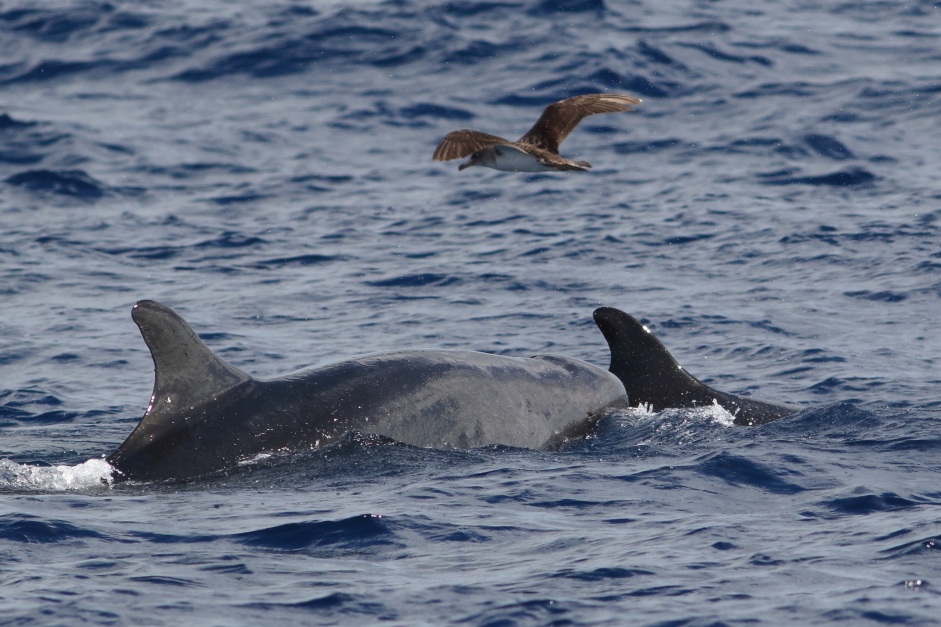
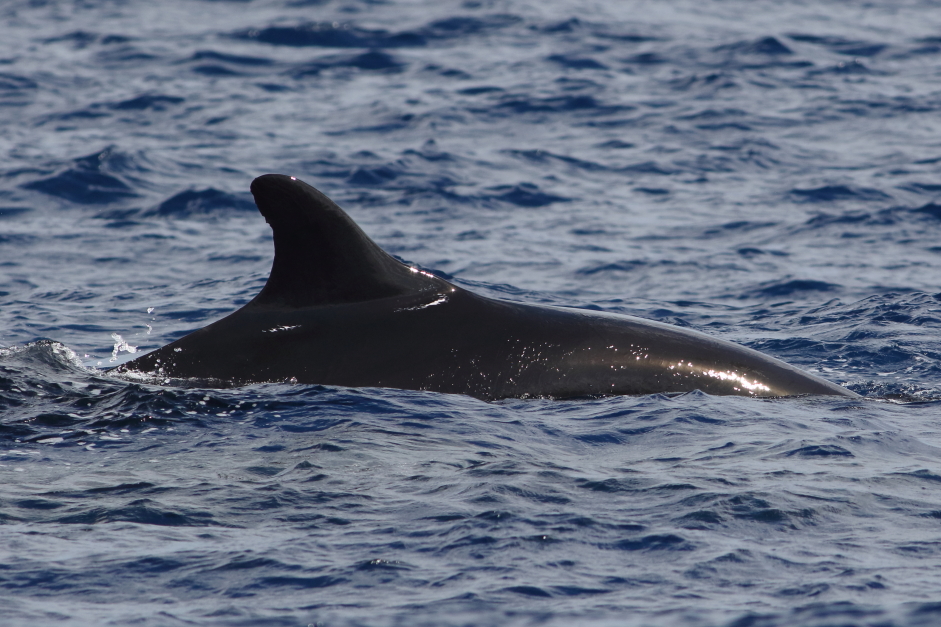
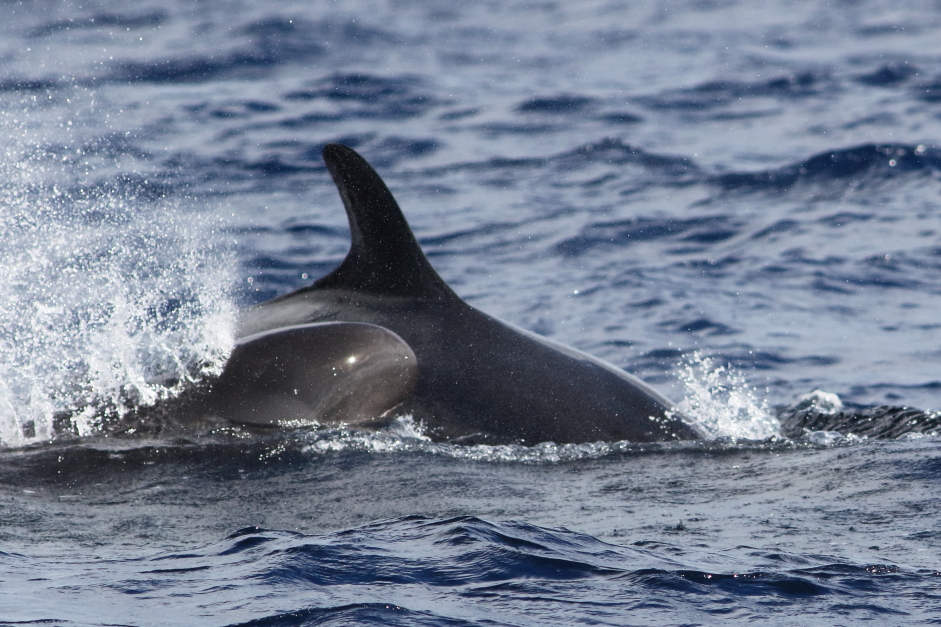
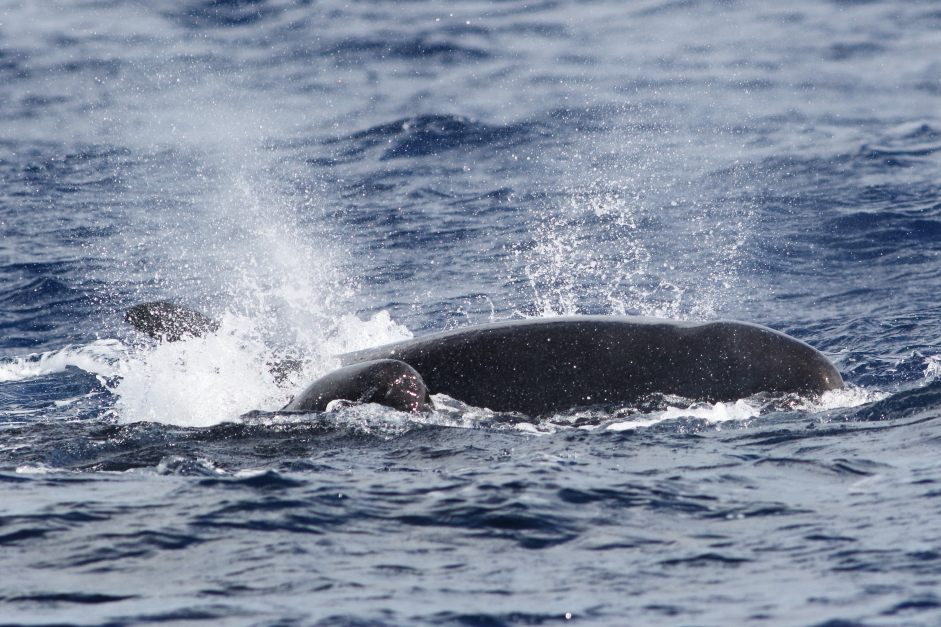
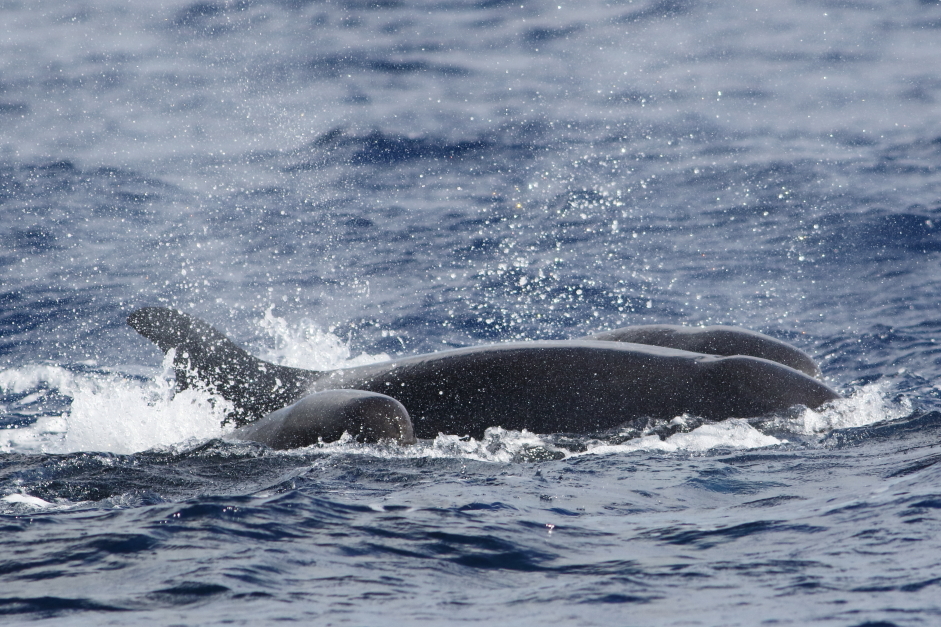

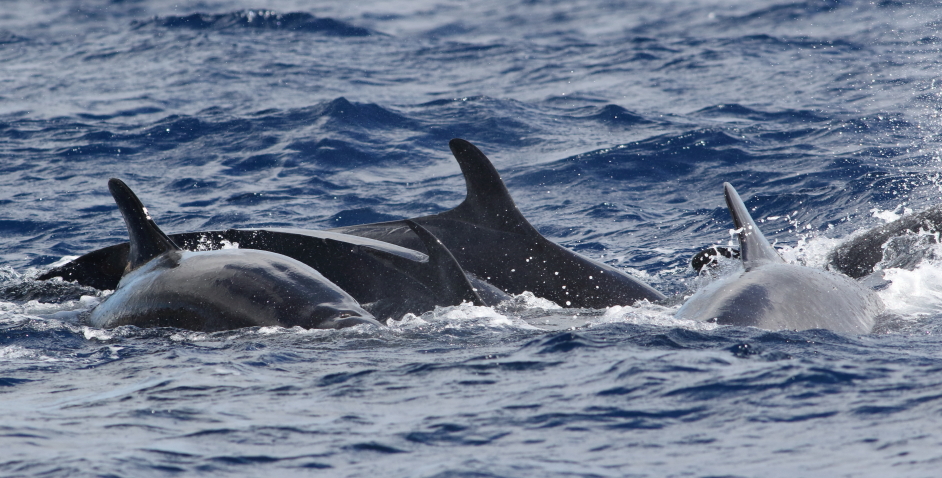
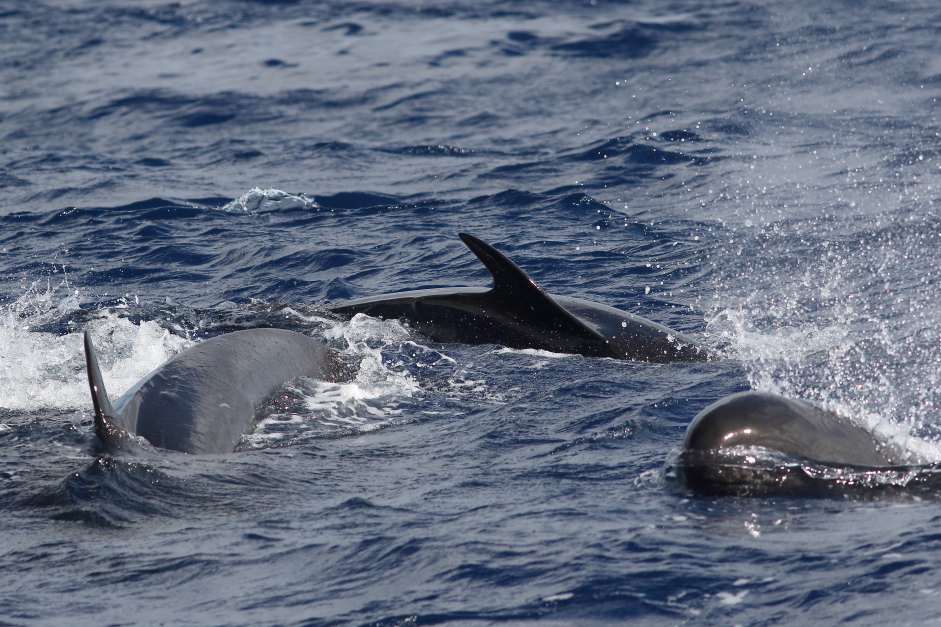
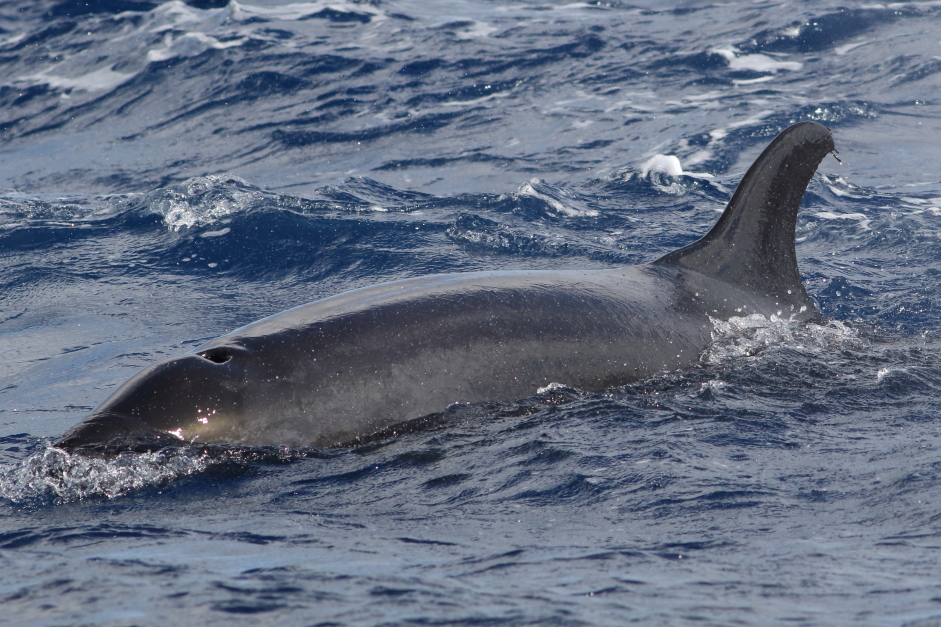
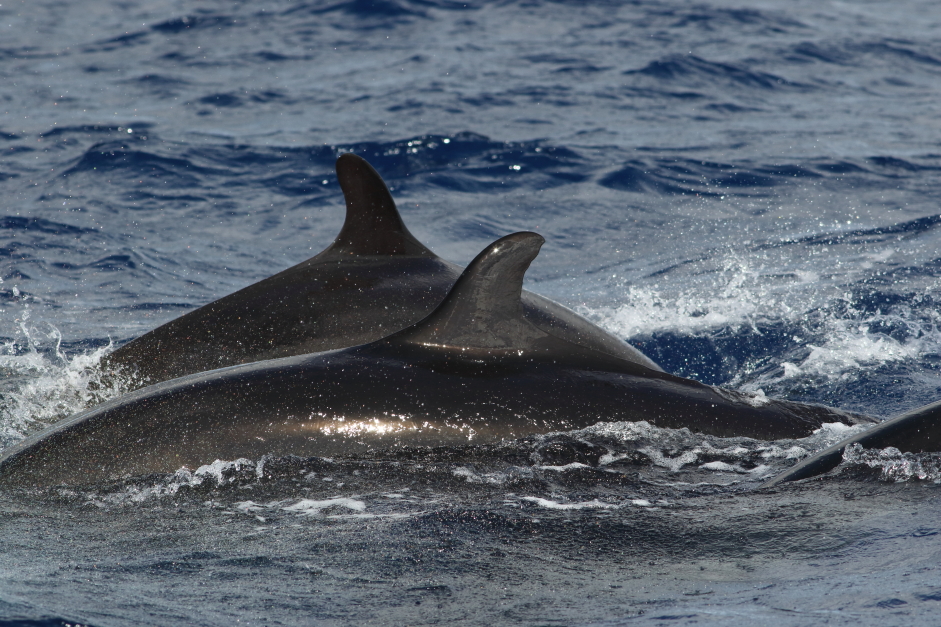
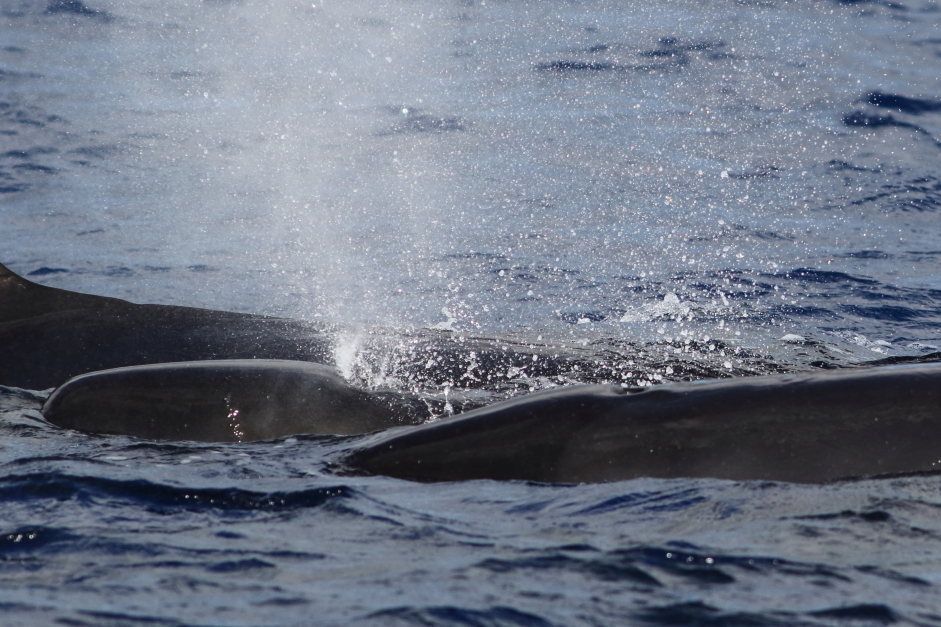
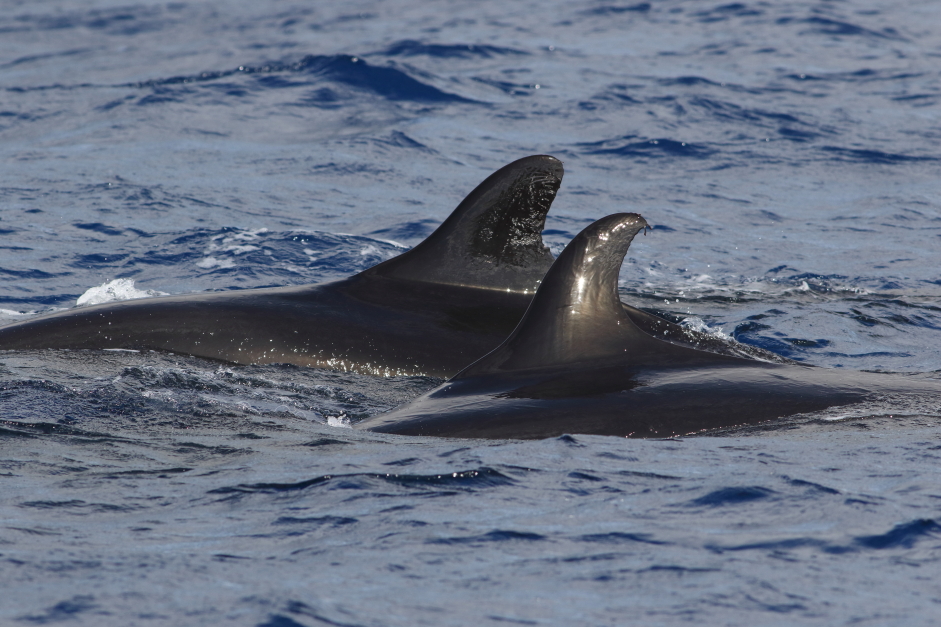
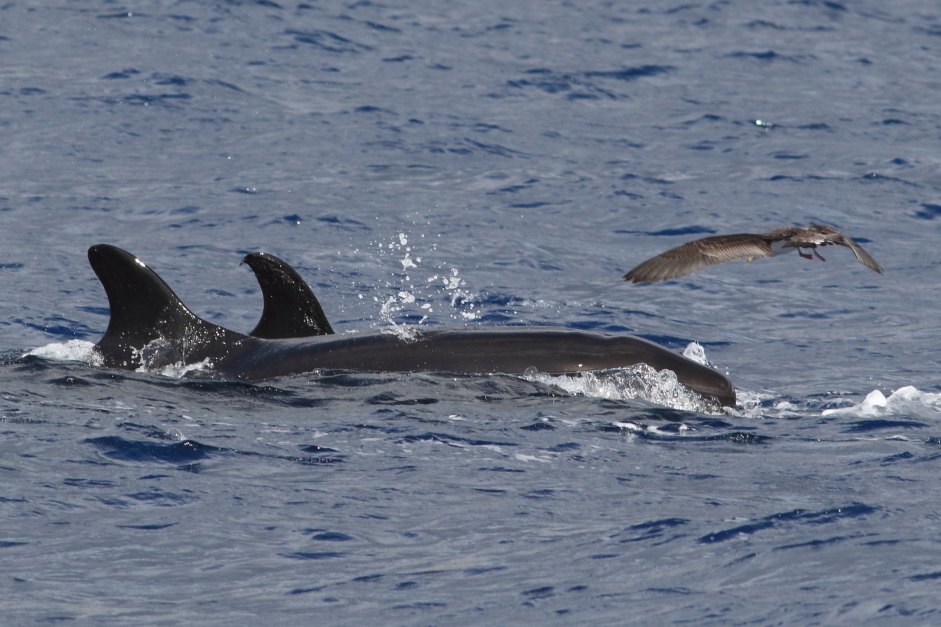
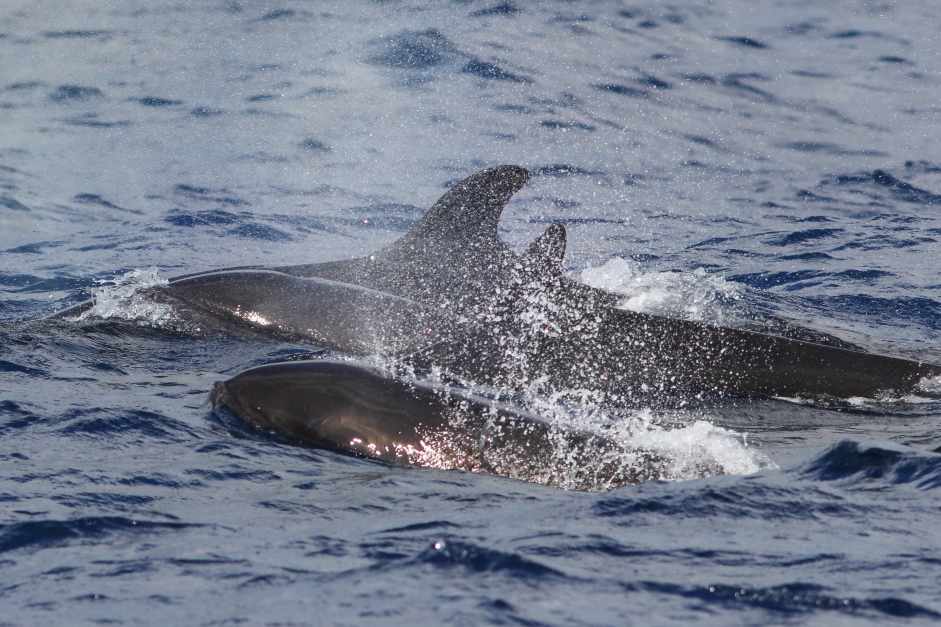
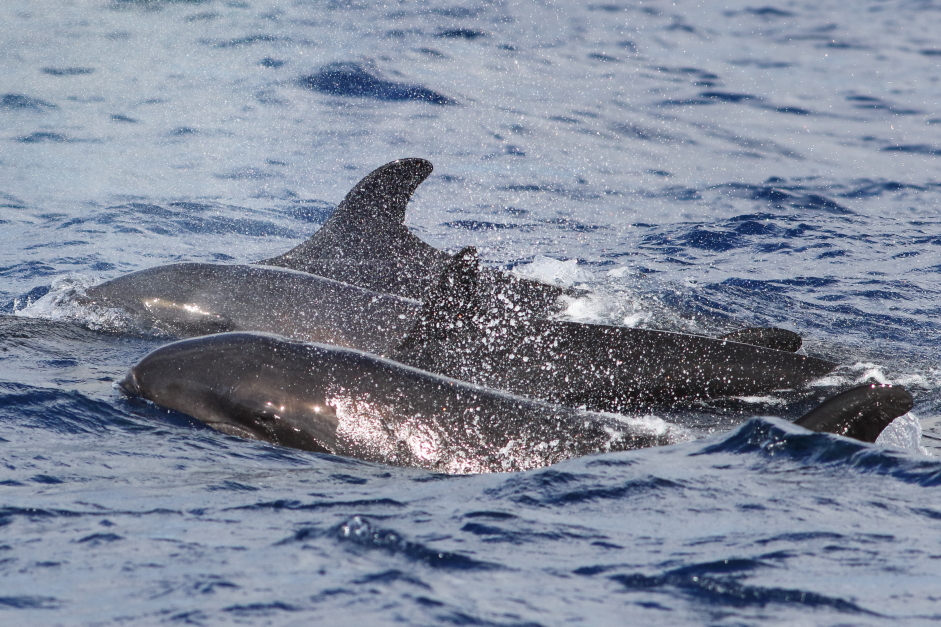
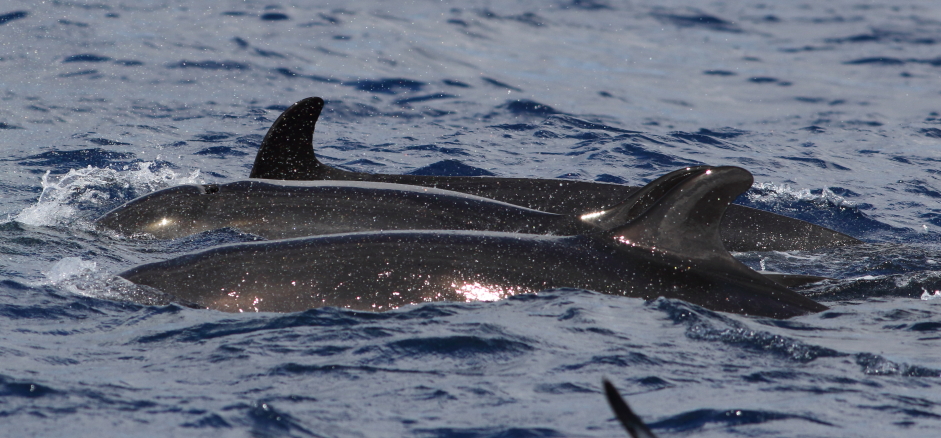
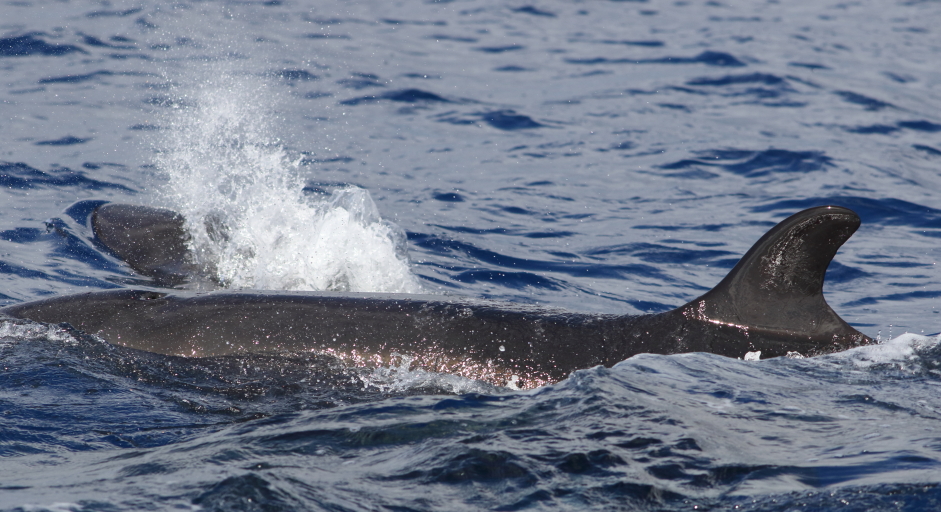
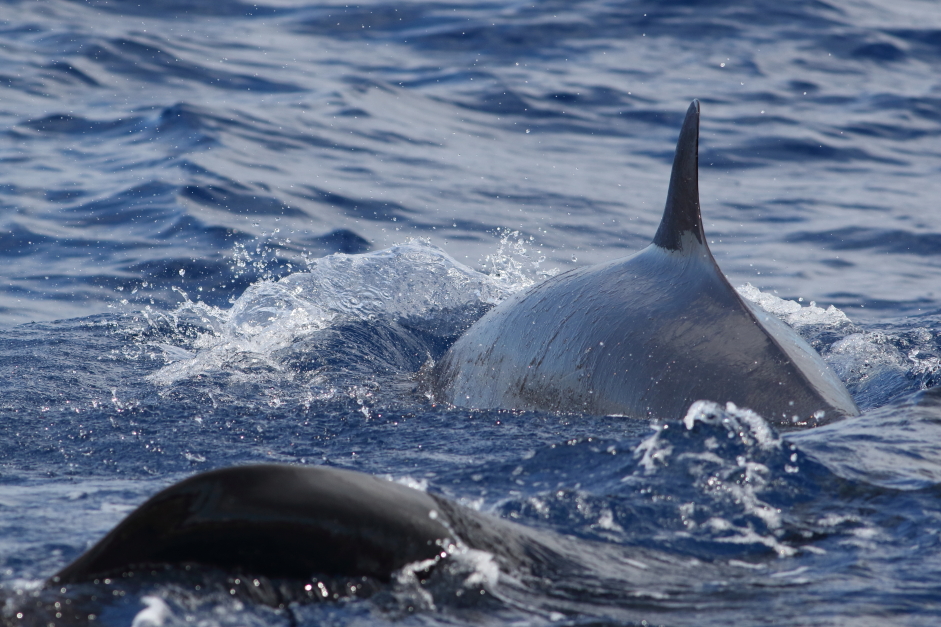
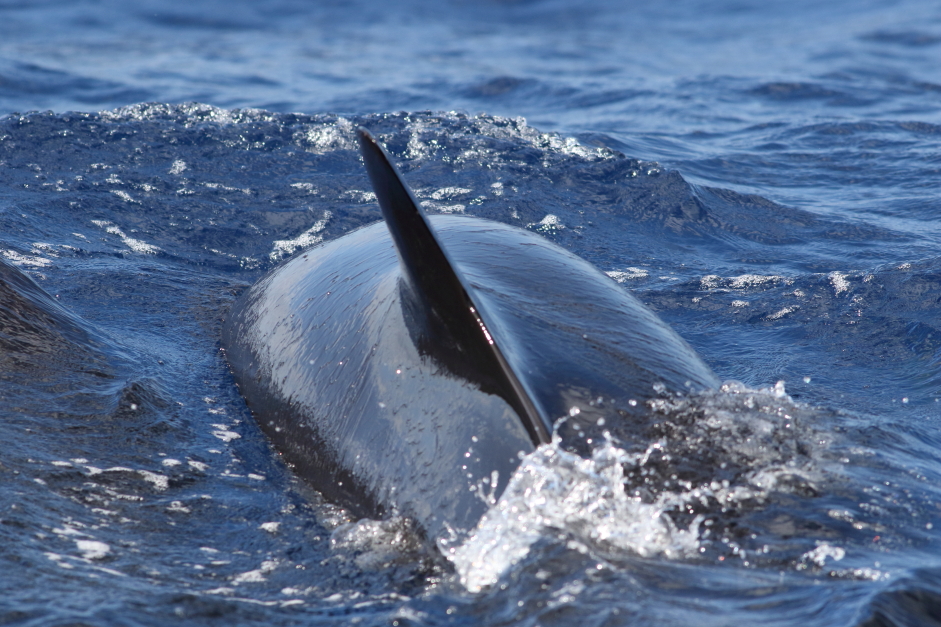

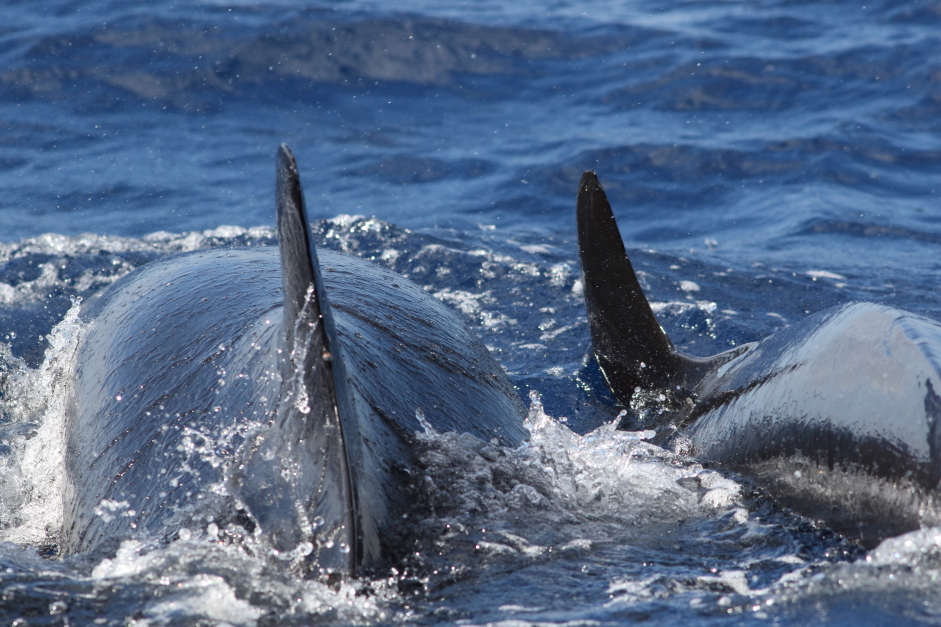
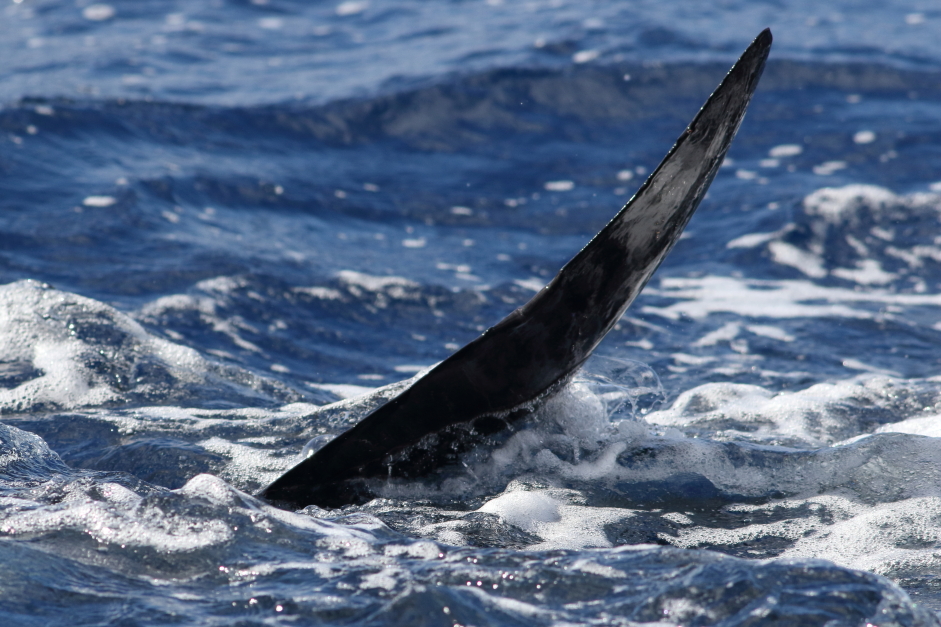
My cetacean trip to Madeira Island surpassed all expectations, thanks to Magic Dolphin.
To Umut and Utku, thank you so much, I am going to miss you both.
To Francisco (Captain), Fabio, Fabio, Leonardo [di Caprio] and Toni (Crew), thank you all so much.
Magic Dolphin Eco (photo courtesy of Magic Dolphin website):
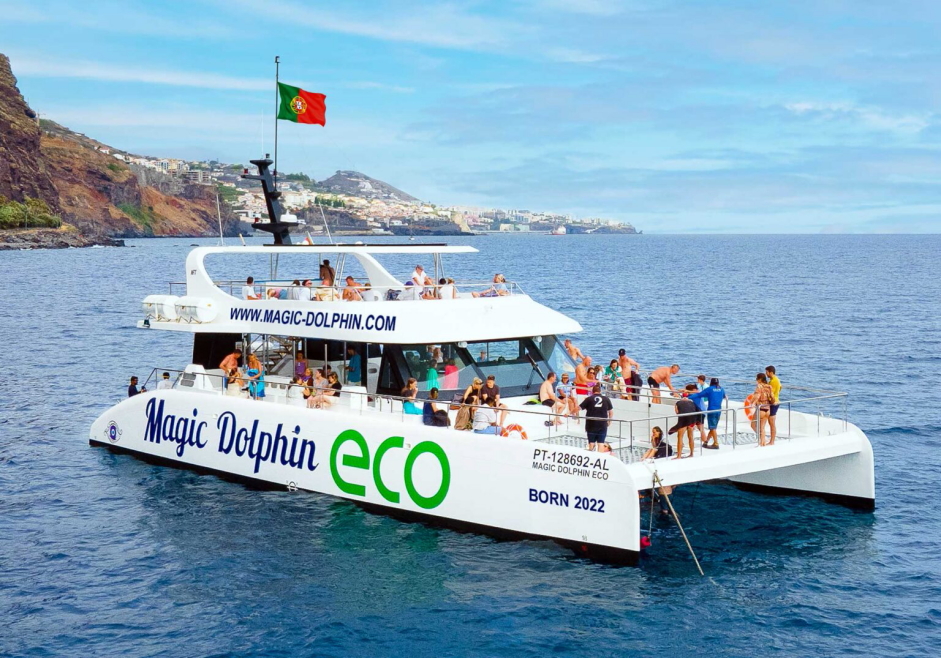
If you want to see Whales and Dolphins from Madeira Island, please use Magic Dolphin.